-
Posts
2.332 -
Joined
-
Last visited
-
Days Won
60
Posts posted by Sundiata
-
-
Ooooh, how could I forget this.... FEMALE PRIESTS! Women with clerical roles were a thing across the pre-Christian world... Maybe we could have two types of priests, giving female versions a healing bonus or something, and male priests, I don't know, something else...
Would inceltivize sending a few women with a healing touch along with the army (not necessarily unhistorical).
2 hours ago, (-_-) said:I think that all civs would have had male citizens who did not necessarily participate in battles. Its unlikely that even half of all able males in a nation would have fought, especially when most of the time they have to get battle equipment themselves.
Correct!
1 hour ago, wowgetoffyourcellphone said:Indeed. Athens, a city of 40,000 male citizens,
And those are just the citizens! The total population of Attica was even larger, and the total population of Athenian possessions even more so! Actual fighters were probably less than 1/10 of the men (even during war).
Warrior tribes, where all the men are fighters are just unnecessary Hollywoodisms.
-
Just to chime in, 0AD is indeed not trying to be sexist or anything, but... Most of the civilizations portrayed were essentially sexist (explicitly patriarchal, with strong and rigid gender-roles). They were also mostly genocidal bigots... The ancient world was a little rough on the edges... Most of the ancient armies were close to 100% male, so in a game of historical warfare, it's relatively normal to have such an overrepresentation of men. That doesn't mean it wouldn't be cool to have more female representation, but as a game that strives for historical accuracy, women in military roles need to be well researched. As mentioned, the Mauryas have Maiden Guards, the Britons have Boudica, the Kushites have Amanirenas. In the mod Millennium AD, the Norse have shield maidens. I'm personally excited about a Scythian civ, as are others. Scythians would have plenty of female fighters (up to 1/3 of their forces), and lets not forget Queen Tomyris. It's a very civ-specific question... I believe Thracians might have had some female warriors, but I'd have to read up more on it.
That having said, Celtic women were definitely more engaged in military affairs than Roman or Greek women for example... Having Briton/Gallic women being able to build military structures doesn't actually sound totally terrible to me... It's an interesting idea for a civ-specific bonus.
Questions in ethics are always good to ponder on, but are a little awkward in a game where you're tasked with wiping out all that oppose your domination of the map. You can realistically kill up to several thousand people in a match, putting games like GTA to shame...
On a personal note I would actually like to see male and females combined in an economic villager unit without specific gender-roles.
-
 2
2
-
 1
1
-
-
Didn't know this is being worked on. Cool!

So would it apply to melee archers as well (drawing a dagger)?
-
 1
1
-
 1
1
-
-
I understand that balancing is a delicate issue, but rams should obviously be noticeably slower than the slowest infantry unit. The heavy ram is pushed forward by people, it's not outfitted with a combustion engine or anything. By definition it is slower. Just think about it for a minute... How can people pushing a heavy device outrun infantry? That one unit of speed difference isn't noticeable by the way, it results in a disorrientated mass of infantry chasing the ram from behind, rather than flanking it or immobilising it by running in front of it. You often can't effectively order your infantry to "intercept" them. Secondly, it's really cool that swords are specialized at taking out rams, no problem, but it is highly unrealistic and unintuitive that spears perform so poorly against them. Again, think about it for a minute... You'd expect spears (with all that extra reach) to be quite effective at killing the dudes operating the ram. I haven't played alpha 23 MP, to be honest, but I played more than a few MP-games in alpha 22 and people were definitely complaining about rams. Mostly during the game, and I've also seen people bring it up after games in the lobby as well... Also, how are rams even capable of killing horses? You can even effectively use rams against ranged infantry if the opponent isn't paying close enough attention. That's just weird...
In short, rams are too fast, and spears should be somewhat effective at taking them out as well. It has been brought up many times before. Rams should also have a bonus against gates. If not those things, at least make it slower at dealing damage... A siege should feel like a siege, not a steamroll... First you kill/clear the enemy army, then you send in the siege-equipment. But how in the world can you send siege-equipment through an enemy army?? Anybody that does that deserves to loose their equipment. Currently they are rewarded, however, especially if they advance with rams.
Sure, it's a good practice to take advice from the best pro-players, BUT, I always get the very strong feeling that many people here are forgetting the masses of single players (more than 90% of the player-base), and everyone that isn't a pro-player (99.9%). Obsessive compulsive micromanagement of units, a strong focus on APM and a good command of shortcuts, as well as making the most effective use of obscure/under-advertized mechanics isn't what most players enjoy or expect from a Real Time Strategy game. You expect that from MOBA-games like League of Legends. When playing a historical RTS like 0AD, a certain level of intuition is to be expected.. You'd expect melee units to be good against rams.
I also think you can easily alienate new players by always dismissing these kind of concerns/suggestions when they come up repeatedly like this. It almost feels like calling them ignorant for not understanding things that can not be understood without asking specific players, which is unintuitive and offsetting. The vast majority of people aren't crunching numbers when they compose their army. Explaining fiddly numbers about hack, pierce and crush damage really isn't a satisfying explanation as to why you lost a game.
If you want to ignore, disagree or dismiss the above, that's totally fine (no hard feelings), but at least agree that there need to be clear and unambiguous in-game tooltips explaining each of the most obscure/influential mechanics. Lower the threshold for players to understanding what they are doing wrong. When recruiting rams, it should clearly say what they are good against, and what they are vulnerable to. When recruiting swordsmen, it should clearly say that they are specialized at taking out siege-equipment.
-
 5
5
-
-
4 hours ago, wowgetoffyourcellphone said:
Bactrian
I'm surprised that the Greco-Bactrian Kingdom isn't suggested more often. Their contact with the Maurya Empire and the Seleucids go without saying, but there's also interplay with the Scythians, wars with the Yuezhi and most exciting of all, they bordered the Chinese (on the doorstep of the Xiongnu), possibly even fighting them in Xinjiang in 220BC. Unlike the mythical Roman-Chinese contact, the Greek-Chinese contact was totally real! They're probably also the least "Greek" of the Hellenistic civilizations, partly converting to Buddhism, as well as having resident Hindu and Zoroastrian populations.
Spoilerhttps://en.wikipedia.org/wiki/Greco-Bactrian_Kingdom
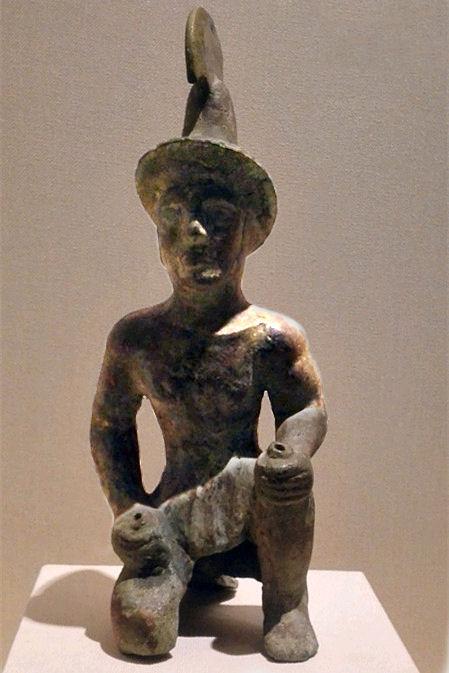
"Probable statuette of a Greek soldier, wearing a version of the Greek Phrygian helmet, from a 3rd-century BC burial site north of the Tian Shan, Xinjiang Region Museum, Urumqi."
Probable Greek soldier in the Sampul tapestry, woollen wall hanging, 3rd–2nd century BC, Sampul, Urumqi Xinjiang Region Museum.
Contacts with the Han Empire[edit]
To the north, Euthydemus also ruled Sogdiana and Ferghana, and there are indications that from Alexandria Eschate the Greco-Bactrians may have led expeditions as far as Kashgar and Ürümqi in Xinjiang, leading to the first known contacts between China and the West around 220 BC. The Greek historian Strabo too writes that: "they extended their empire even as far as the Seres(Chinese) and the Phryni". (Strabo, XI.XI.I).[10]Several statuettes and representations of Greek soldiers have been found north of the Tien Shan, on the doorstep to China, and are today on display in the Xinjiang museum at Urumqi (Boardman).[16] Middle Eastern or Greek influences on Chinese art have also been suggested (Hirth, Rostovtzeff). Designs with rosette flowers, geometric lines, and glass inlays, suggestive of Egyptian, Persian, and/or Hellenistic influences,[17] can be found on some early Han dynasty bronze mirrors.[18][citation needed]
Some speculate that Greek influence is found in the artworks of the burial site of China's first Emperor Qin Shi Huang, dating back to the 3rd century BC, including in the manufacture of the famous Terracotta army. This idea suggested that Greek artists may have come to China at that time to train local artisans in making sculptures[19][20] However, this idea is disputed by Chinese scholars.[21]
Numismatics also suggest that some technology exchanges may have occurred on these occasions: the Greco-Bactrians were the first in the world to issue cupro-nickel (75/25 ratio) coins,[22] an alloy technology only known by the Chinese at the time under the name "White copper" (some weapons from the Warring States period were in copper-nickel alloy).[23] The practice of exporting Chinese metals, in particular iron, for trade is attested around that period. Kings Euthydemus, Euthydemus II, Agathocles and Pantaleon made these coin issues around 170 BC and it has alternatively been suggested that a nickeliferous copper ore was the source from mines at Anarak.[24]Copper-nickel would not be used again in coinage until the 19th century.
The presence of Chinese people in India from ancient times is also suggested by the accounts of the "Ciñas" in the Mahabharata and the Manu Smriti. The Han Dynasty explorer and ambassador Zhang Qian visited Bactria in 126 BC, and reported the presence of Chinese products in the Bactrian markets:
"When I was in Bactria (Daxia)", Zhang Qian reported, "I saw bamboo canes from Qiong and cloth made in the province of Shu (territories of southwestern China). When I asked the people how they had gotten such articles, they replied, "Our merchants go buy them in the markets of Shendu (India)." (Shiji 123, Sima Qian, trans. Burton Watson).
Upon his return, Zhang Qian informed the Chinese emperor Han Wudi of the level of sophistication of the urban civilizations of Ferghana, Bactria and Parthia, who became interested in developing commercial relationships with them:
The Son of Heaven on hearing all this reasoned thus: Ferghana (Dayuan) and the possessions of Bactria (Daxia) and Parthia (Anxi) are large countries, full of rare things, with a population living in fixed abodes and given to occupations somewhat identical with those of the Chinese people, and placing great value on the rich produce of China. (Hanshu, Former Han History).
A number of Chinese envoys were then sent to Central Asia, triggering the development of the Silk Road from the end of the 2nd century BC.[25]
"Map of the Greco-Bactrian at its maximum extent, circa 180 BC."
Ai Khanoum (Afghanistan): 17510391.pdf
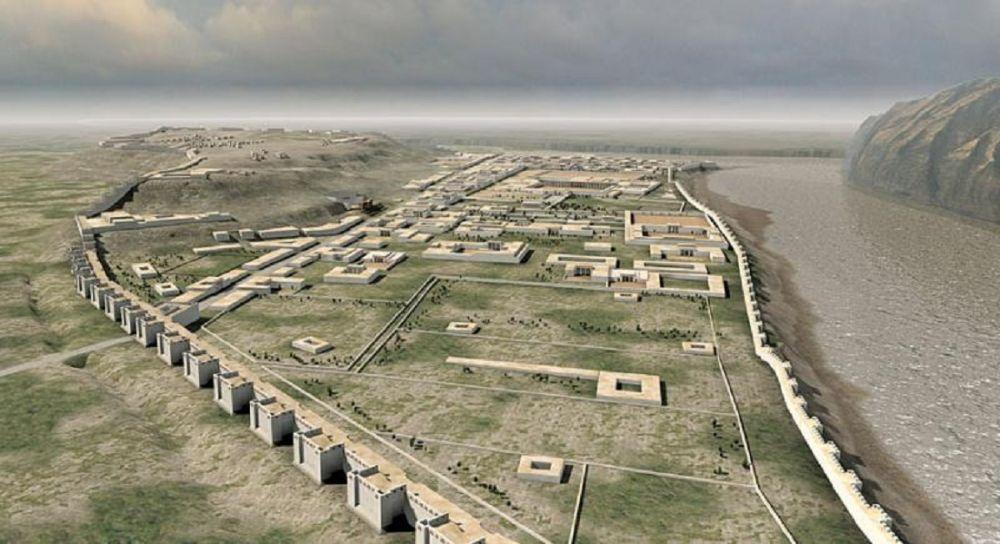
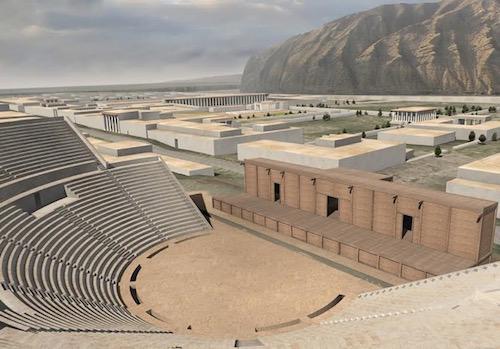
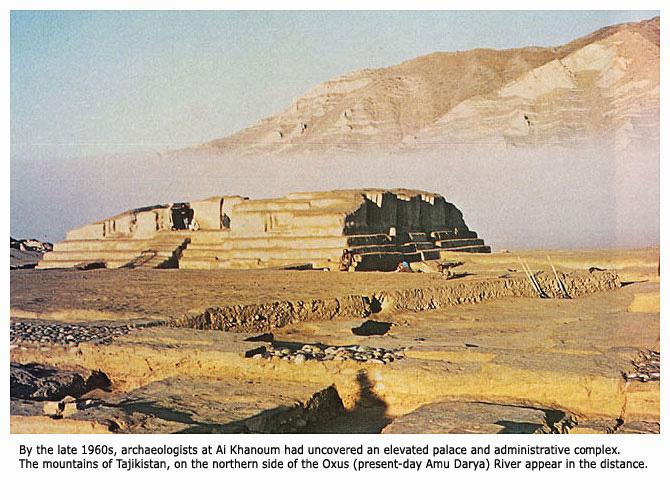
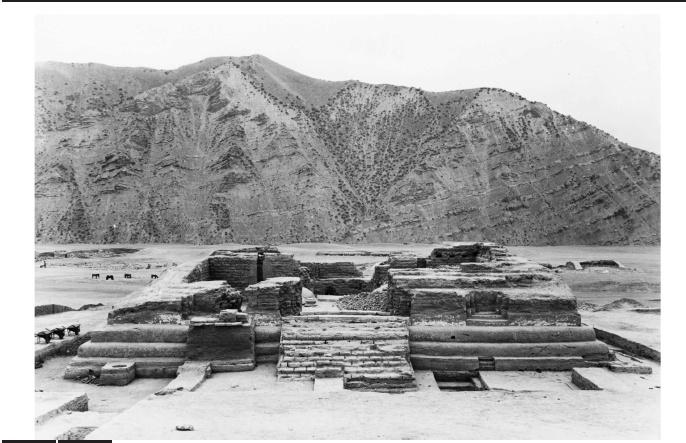
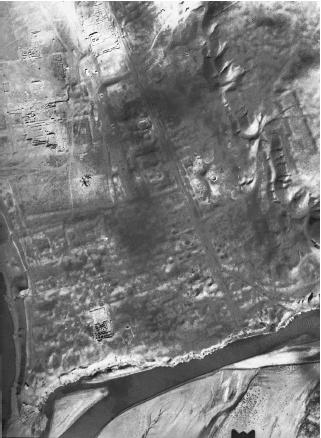
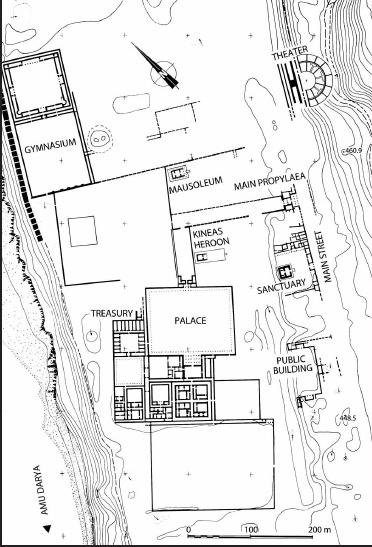
[updated]
Sorry @stanislas69, I did it again, didn't I?
 If there's interest I might start a separate topic for them...
If there's interest I might start a separate topic for them...
-
 2
2
-
 1
1
-
-
44 minutes ago, stanislas69 said:
Wut ?
12 hours ago, asterix said:proto-Aztec
Zapotecs were enemies of the Aztecs. The proto-Nahuan language, Nahuatl being the language of the Aztecs, seems to have appeared in Mexica around 500 AD, more than a millennium after the establishment of the Zapotec culture.
12 hours ago, asterix said:proto-Hun
There is little consensus on the Huns descending from the Xiongnu (there's even some controversy). It's one of the proposed theories, but Mongolic and Turkic are also often cited as descendants, even the Uyghurs claim descent. As for the origin of the Xiongnu (language), Iranian/Scythian and Yeniseian (Siberian) are mentioned.
Nice work on the release though! Can't wait to play it
 !
!
-
 1
1
-
 1
1
-
-
7 hours ago, wowgetoffyourcellphone said:
Doesn't the current Celtic temple already represent this?

Sometimes you can say "close enough", but that's not really the case here imo.
6 hours ago, Genava55 said:Yep. There is a basic recurring layout for Celtic sanctuaries: A square (sometimes round) enclosure (ditch and wall), with a central inner sanctuary, later evolving into the Gallo-Roman sanctuaries (fanum).
6 hours ago, wowgetoffyourcellphone said:I am quite sure that in a very generic sense that the current Celtic temple took some of its inspiration from the sanctuaries, because that was the discussion at the time. But regardless.
4 hours ago, Genava55 said:Maybe, but it misses clearly several points and misinterprets the basic function.
I always get the distinct impression, looking at the current temple, that it's somehow based on this:
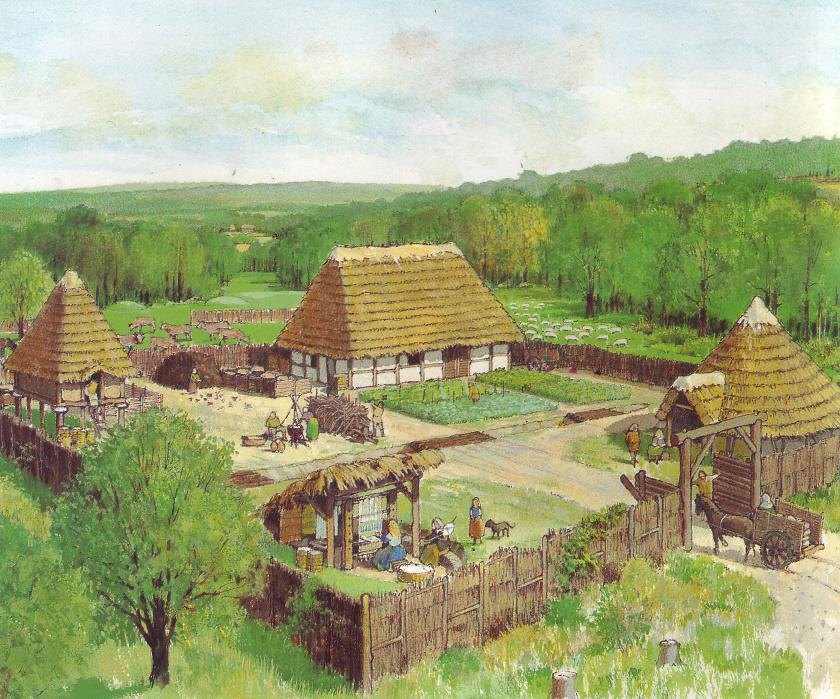
It's just a walled farmstead, so that would be a weird mistake and I'm not sure it is actually based on this, but I do believe I've come across this image being mislabeled as a temple or something before. Again, I'm not sure though...
Anyway, here's some more interesting visuals:
Spoiler6 hours ago, Genava55 said:Yes I understand that it is maybe too much gore.
Yeah, so, turns out that the ditch inside the Gournay sanctuary was also filled with bones and other gory stuff, so I guess it doesn't make that much of a difference anyway... I still think the corpse-rack would make a lousy wonder though

About the Hemicycle building, check this out! An artist actually depicting a "Gallic assembly", in a hemicycle structure

Again, I could be wrong, but I think this is the same farmstead depicted earlier:
Viereckschanze
Funeral:
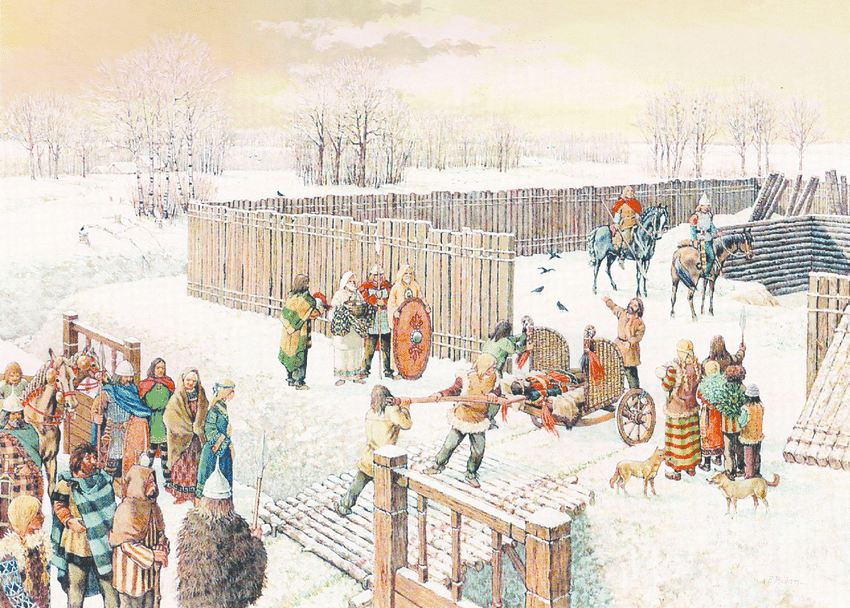
Oppida:
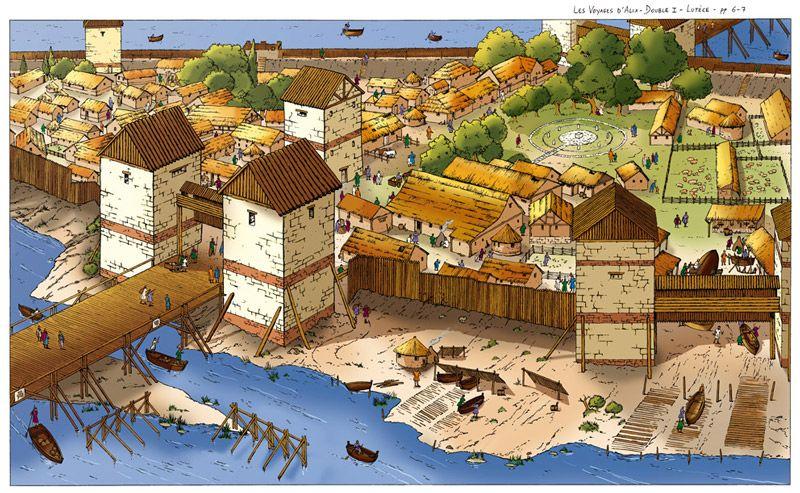
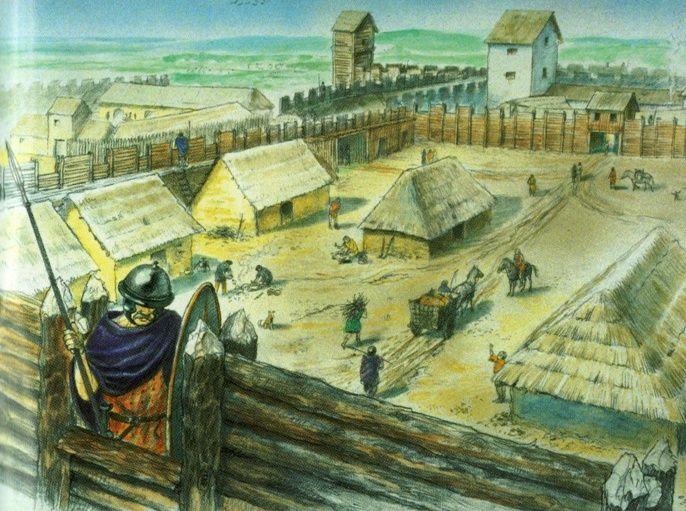
Dude: "I'm like the coolest warrior ever, you know... All the girls want me..."
Dudette: "Ugh, why is my boyfriend such a douche... I'm leaving him!"
dude travels to Anatolia to become a Galatian mercenary (really just trying to overcome the grief of his girlfriend leaving him): "I miss her sooo much..."
The end.
http://mitchtempparch.blogspot.com/2008/11/viereckschanze.html
http://samla.raa.se/xmlui/bitstream/handle/raa/2511/1984_150.pdf?sequence=1
https://link.springer.com/article/10.1007/s10814-017-9107-1
https://www.deviantart.com/vincentpompetti/gallery/48658785/Celtic-and-Roman-world
-
 1
1
-
-
7 minutes ago, Genava55 said:
Corent is not totally unique. There is a similar one in Tintignac (see below), it is mainly a question of time period and regional specificity. Gournay and Ribemont are from the 3rd century, Tintignac and Corent from the 1st century BC. Gournay and Ribemont are from a period without strong urbanization, contrary to the others.
Interesting... But then I'd still go for the simpler 3d century BC sanctuaries as common temple and the 1st century BC large sanctuaries as wonder, and since the one at Corent is the more elaborate one (colonnaded courtyard), it seems like the logical, straightforward choice...
10 minutes ago, Genava55 said:Re-enactment by the association Les Ambiani

That's pretty funny...
I honestly just don't want to spend 1000 food, wood, stone and metal on a rack of corpses... It's a fitting atlas prop and would go nicely with elexis' new two streams map. But yeah... Rotting corpses... I kind of feel ill thinking about it...
-
Just now, stanislas69 said:
Thanks for the reference, but please keep it separate from threads like this, it makes finding stuff much, much, more hard

Oh, sorry, I was just checking if any of those were interesting for you guys, then I could focus on those in the future. It was just a teaser... (I don't like starting new topics unless I'm going in-depth)
-
6 hours ago, Genava55 said:
we can maybe let the building uncovered.
I think the cloth covering rather makes the building more interesting. A sort of Gallic velarium. The cloth should just be broad strips of cloth with small spaces in between, instead of a huge single cloth, kind of like this:
The way those posts in the inner circle are set up seem to suggest something like this anyway
6 hours ago, Genava55 said:Personally I am more about using the Corent sanctuary as the basic temple because it was a building with a regular use. If it is not what you want, we could use it as a feast building since there is clear evidences of feasting, wine reservoirs and animal sacrifice and eating in the building (the border between politics and religious is thin during ancient times). For the wonder, I'm thinking about taking inspiration from diverses sanctuaries. Gournay-sur-Aronde for the core basis and the hanging weapons, Ribemont-sur-Ancre for the bloody ossuary, Manching for the golden plant/tree and the wooden statues of Geneva and Yverdon-les-Bains.
The reason I suggest the Corent sanctuary for wonder is pretty straight forward. Every Wonder in game is a substantially sized structure (almost always the largest structure available), and relatively unique...The Corent sanctuary is both. Ribemont-sur-Ancre is going to cause nightmares. It seems overly vulgar, and inappropriate for a wonder that should stand the test of time (at least more than 1 generation). I mean, really, it's a pile of decapitated corpses... What kind of a wonder is that? A tree (even if it has gilded branches) doesn't seem like much of a wonder to me either. I mean, it's a tree... Wooden statues are also just that. Wooden statues... They'd make really lovely props and even as Delenda Est cult statues. But they're not a wonder... The reason I prefer Gourney-sur-Aronde as a basis for the temple is because its not unique. There were other sanctuaries with a similar set up, like the old Gallows Hill sanctuary: Wooden temenos wall and ditch surrounding a square-ish open space, with a single modest structure in the middle (round hut for Britons, rectangular structure for the Gauls). The Celtic temples would have a different footprint from the other typically rectangular temples, but they'd still be totally recognizable (the current one already has a unique shape anyway), would be historical and it's good to have some realistic aesthetic differences between civs (like the square CC of the Kushites or even the current Celtic CC's which also break with the "norm")
6 hours ago, Genava55 said:Yes the Dun Ailinne got two phases, the first one is the one from the picture I put in the document. The second phase is an unique circular enclosure with round building in the middle. I prefered the first phase because of the seats and the "arena" looking. Iron age Ireland is not exactly the same than in Britain but is clearly closer than the La Tène Gauls. And I didn't think it would cause trouble since the actual fortress for the Britons is based on a Iron age Scottish Broch.
I'm pro.
6 hours ago, Genava55 said:the woodhenge of Wiltshire and of Pömmelte
Cool!
-
 1
1
-
-
There's sooooo much
 :
Spoiler
:
SpoilerRemember guys, this is part of the Islamic Golden Age (8th century to 14th century). I'm pretty excited about the Muslim factions, especially the Emirate of Cordoba (later Caliphate), 756–929 and 929–1031 AD:
Abd ar-Rahman III
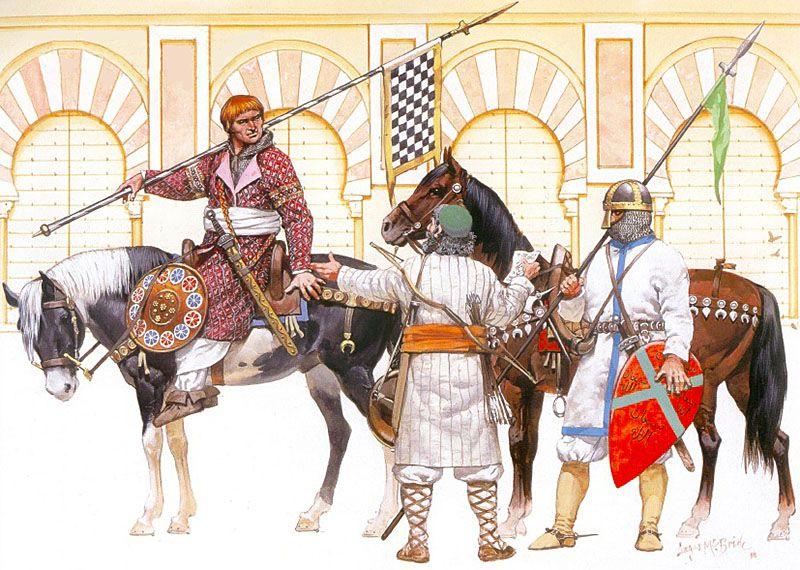
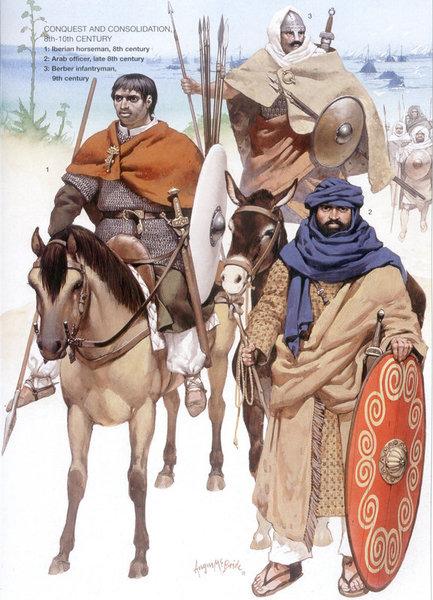
And the short lived but immensely powerful Umayyad Caliphate 661 - 750 AD.
Mohammed's people
This is also the period of African Christian kingdoms like Makuria and Axum
The Christian Nubian Kingdom of Makuria c. 500–1276, Sudan
 Epic battles with the Rashidun Caliphate, rivals of Aksum.
Epic battles with the Rashidun Caliphate, rivals of Aksum.
Banganarti cathedral
Faras cathedral
Dongola throne room
Baby Jesus, Mary and the Bishop of the cathedral at Faras
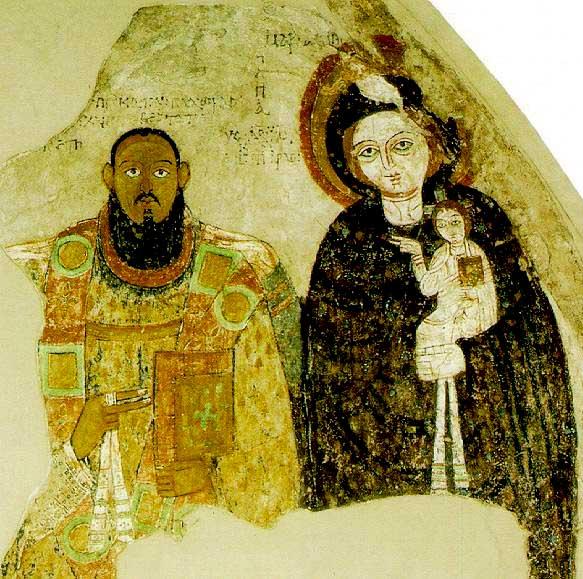
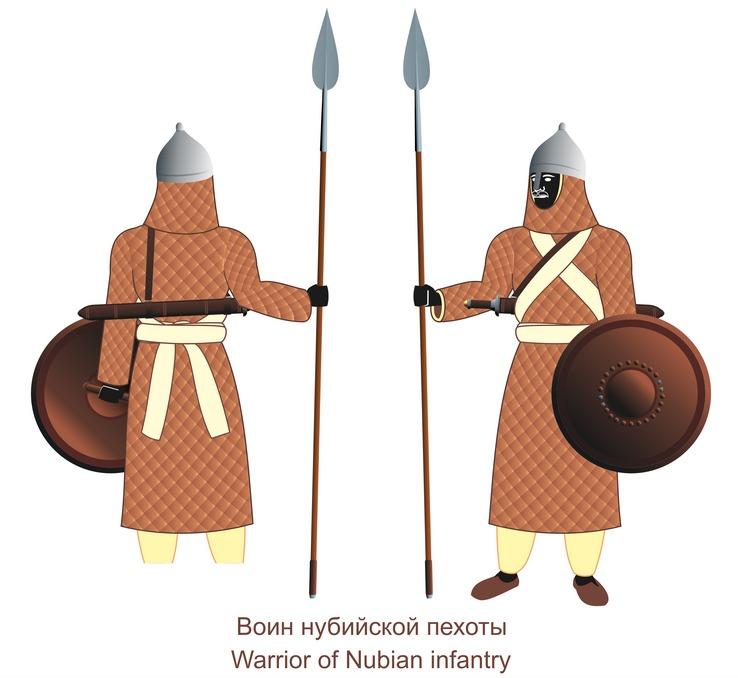
Christian Kingdom of Axum, or the Aksumite Empire (Ethiopia), c. 100 - 940 AD. Lots of peaceful Byzantine connections, and even Indian trade connection. Almost conquered Mecca in the 6th century with an army of elephants. One of the earliest Christian nations in the world, and also the first country outside of Saudi Arabia to have a resident Muslim population.
(around the height of its extent, 6th century AD)
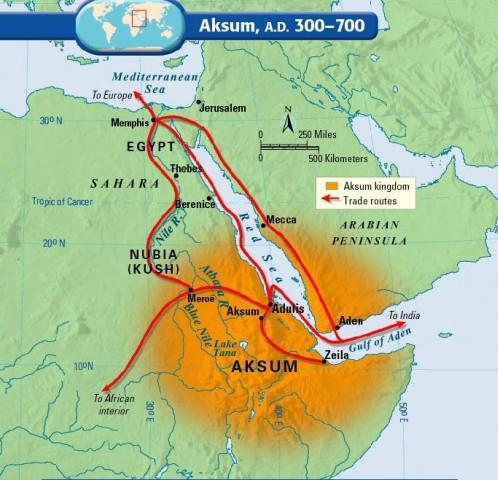
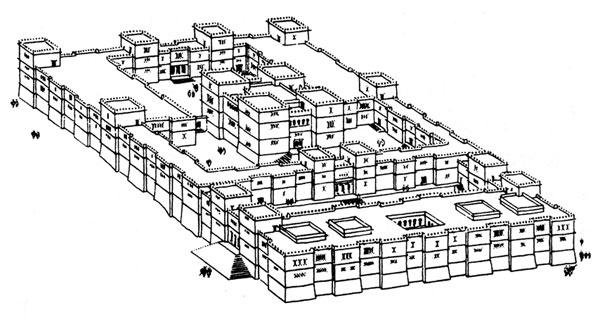
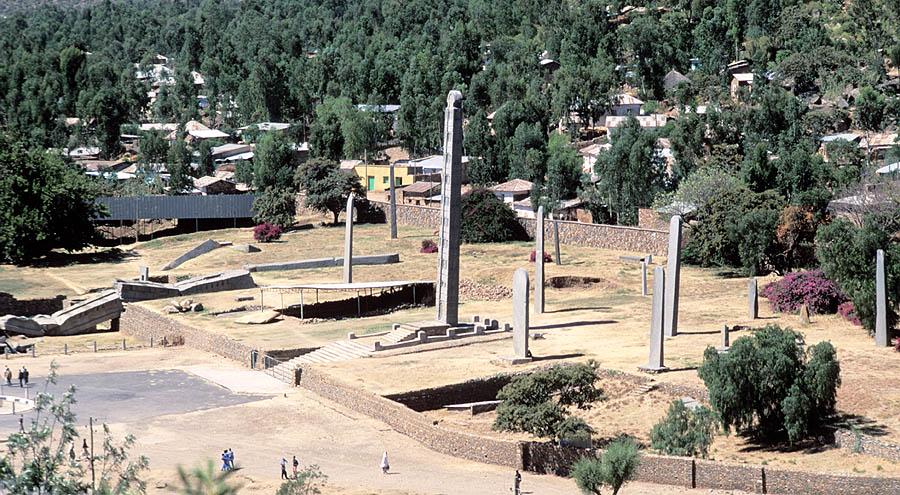
Debre Damo, 6th century!
Yemrehanna Kristos (11th century)
Tukuls
(The Indian Pallava Dynasty also looks pretty incredible:)
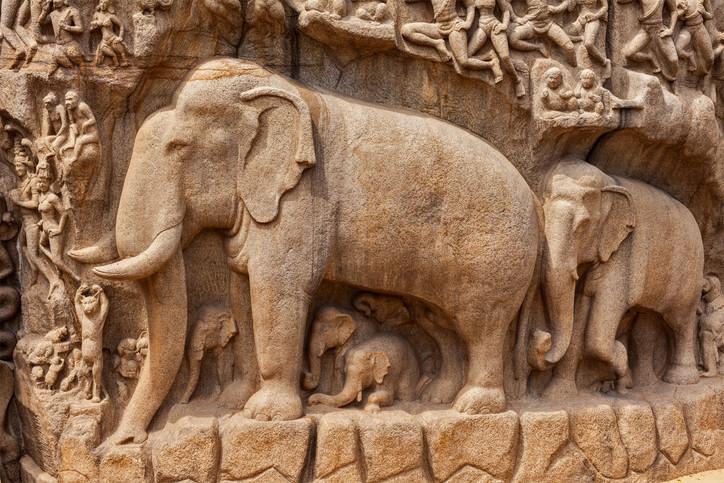
-
 1
1
-
-
Elephants do indeed go down quite easily. Advancing with Kushite elephants through fortified positions of the enemy is a bit tedious, I agree.
There's also this related topic:
Anyway, I think every civ having battering rams would help negate this issue. just make sure to make battering rams slower than the slowest infantry unit because chasing rams across the battlefield is really... Ugh...
-
 1
1
-
-
@Elinvention, Ha, welcome to the forum! I was just casually googling recent mentions of 0AD and Kush
 . The site looks good, but I'd have to read the rest of the articles to give you any more in-depth feedback. I thought the article was a nice introduction/impression/reaction. Perhaps mention a little bit about the game itself (historical Real Time Strategy, free, open-source, cross-platform). And when writing about a game, or some obscure piece of history, an image or two always does wonders to wet the appetite of the reader.
. The site looks good, but I'd have to read the rest of the articles to give you any more in-depth feedback. I thought the article was a nice introduction/impression/reaction. Perhaps mention a little bit about the game itself (historical Real Time Strategy, free, open-source, cross-platform). And when writing about a game, or some obscure piece of history, an image or two always does wonders to wet the appetite of the reader.
Saluti,
-
 1
1
-
-
3 hours ago, Astrid said:
I don't see the Kushites needing any siege weapons except elephants because they never were advanced enough to build such weapons.

lol, sorry, couldn't resist...
The Great Triumphal Stela of Piye from the Amun temple at Napata, Year 21, c. 727 BC, mentions the use of a "movable tower" (Fontes Historiae Nubiorum p. 78), and even catapults (p. 80). Although "catapults" is a bit of a tentative translation and 727 BC seems like an almost incredulously early date for such a weapon (maybe it was just referring to slingers). That having said, their immediate neighbours in the levant were already using such devices: "King Uzziah, who reigned in Judah until 750 BC, is documented as having overseen the construction of machines to "shoot great stones" in 2 Chronicles 26:15". The Kingdom of Judah actually entered into a sort of protectorate relationship with the Kushite 25th Dynasty during Piye and Taharqa's reign, to thwart Assyrian expansionism, and cultural exchanges (including military ones) were common. It should also be noted that Kushite fortifications were often built with narrow L-shaped gateways, indicating attempts to neutralize ramming attacks (which means that siege warfare was a part of the local staple, also mentioned in their stelae). Lets not forget that their Bronze Age predecessors conquered the Egyptian Middle Kingdom Fortresses in Lower Nubia. These Egyptian fortresses are widely acknowledged to have been some of the most substantial fortresses ever built in the Bronze Age and they fell to Kushites.
QuoteI agree with the rest of what you said though

 10 hours ago, PhelpsGlen said:
10 hours ago, PhelpsGlen said:The extremely cheap Meroitic pikemen produce a lot of damages against any other unit in the game and they are very hard to defeat
I believe for balance purposes all the pikemen across civs have similar stats, although if unit-stats become more unique per civ, Kushite pikemen should definitely be bested by any other (Greek) pike-unit. They should technically have lower armour, to be more precise.
10 hours ago, PhelpsGlen said:they have no champion cavalry units.
Spartans weren't really known for their champion cavalry... They had cav, they just weren't good compared to more cav-heavy civs. They used cavalry mercenaries later on though, anybody know more about them?
There's always a way to counter your enemy though. Play around, have fun, discover the dynamics a little more in-depth. You'll quickly realize that the AI is a bit of a dimwit. If you get frustrated, you can play with a revealed map and watch the AI and even learn from it. If you get really frustrated you can watch youtube-replays and tutorials which are also very helpful. The pro-multiplayer matches are on another level and watching them will quickly teach you everything you need to know to crush noobs...
-
An Italian Linux blogger called Elia Argentieri wrote a small piece about 0AD adding the Kushites as a playable civ. It's always nice to see people excited about learning something new
 https://elinvention.ovh/blog/il-regno-di-kush/
https://elinvention.ovh/blog/il-regno-di-kush/
Italian:
QuoteElia Argentieri. 28 Jul 2018 18:00
Il 17 Maggio 2018 è stato rilasciato 0 A.D. Alpha 23. Nella nuova versione, tra le altre cose, è stata introdotta una nuova civiltà: i Kushiti. Io non li avevo mai sentiti nominare, quindi la curiosità mi ha portato su una pagina del forum di 0 A.D. dove viene estensivamente analizzato e presentato il regno di Kush.
Purtroppo spesso sento dire che gli africani non si sono mai sviluppati economicamente e culturalmente, che sono sempre rimasti ai tempi dei raccoglitori-cacciatori e che il motivo di questa arretratezza vada ricercato in qualche caratteristica genetica inferiore. Il regno di Kush dimostra in modo inequivocabile che ciò non è vero! I Kushiti furono una grande civiltà che riuscì addirittura a conquistare Memphis, sottomettendo gli egizi per tre quarti di secolo. Come se non bastasse, la gran parte delle prime civiltà antiche erano formate da uomini che è difficile definire “bianchi”.
Il regno di Kush è stato uno dei regni più antichi, vasti e longevi dell storia. Dal 2500 A.C. al 350 D.C. e comprendeva Egitto e Nubia (tutto il Nilo) al massimo della sua espansione. Eppure nei miei libri di storia non sono neanche nominati…
Visto che abitavano la regione della Nubia, spesso vengono chiamati nubiani, ma ciò è impreciso perché non evidenzia la loro vera origine.
Il bello di questa civiltà è che è rimasta nascosta e oscurata nei musei in tutto il mondo, finché, a partire dagli anni 70 del secolo scorso, sono stati progressivamente riscoperti. Il motivo di questo tentativo di cancellare o revisionare una pagina della storia pone le basi sul razzismo. Semplicemente era inconcepibile che dei neri avessero costruito piramidi e monumenti che non avevano nulla da invidiare da quelli egizi. Oggi, per fortuna, sembra esserci una forte volontà di rimuovere questi pregiudizi dall’archeologia. L’archeologia, ricordiamolo, è una vera e propria scienza che non ha spazio per opinioni, ne tanto meno di pregiudizi. “La Storia”, invece è una favola che ci raccontano, può essere vera, falsa, accurata, distorta… in sostanza raccontare “La Storia” senza corredarla con i reperti e le fonti è da ritenere pura propaganda! In questo caso nelle scuole viene fornita una visione parziale, troppo incentrata sugli europei e sull’Italia, magnificando alcune culture a discapito di altre.
I kushiti, ancora oggi, restano un popolo enigmatico, visto che i la loro scrittura, basata sui geroglifici egizi, non è ancora comprensibile al 100%. Una parte del motivo per cui si poco di questo popolo va attribuita ad un nostro connazionale, Giuseppe Ferlini, un cacciatore di tesori che tra il 1834 ed il 1836, distrusse ben 40 piramidi, depredandole da tutto l’oro che contenevano.
Ovviamente anche altri eventi storici antichi hanno contribuito al degradamento e alla distruzione di importanti reperti storici. L’evento più devastante fu sicuramente la conquista da parte degli aksumiti.
Le città più importanti del regno di Kush furono Kerma, Napata e Meroë. Ognuna di queste città è stata capitale del Regno di Kush per un periodo. Ad esempio durante il dominio egizio, a Jebel Barkal, vicino Napata, si tenevano le più importanti cerimonie faraoniche egiziane. Napata, invece, fu un centro di potere che si affermò durante il collasso del nuovo regno egizio. Nel 591 a.C. gli egiziani invasero Napata che perse importanza rispetto a Meroë.
Visto il contatto culturale tra egizi e kushiti, spesso gli artefatti kushiti vengono esposti in mostre e musei egiziani, nonostante fossero due regni ben distinti. Sarebbe come confondere greci e romani!
Divertitevi a giocare a 0 A.D. Alpha 23 e ricordate sempre che non esistevano solo i romani…
English translation:
QuoteElia Argentieri 28 Jul 2018 18:00
On 17 May 2018 0 A.D. Alpha 23 was released. In the new version, among other things, a new civilization has been introduced: the Kushites. I had never heard of them, so curiosity brought me to a page in the 0 AD forum where the kingdom of Kush is extensively analyzed and presented.
Unfortunately, I often hear people say that Africans have never developed economically and culturally, that they have always remained in the days of hunter-gatherers and that the reason for this backwardness has to be found in some inferior genetic traits. The kingdom of Kush shows unequivocally that this is not true! The Kushites were a great civilization that even managed to conquer Memphis, subjugating the Egyptians for three quarters of a century. As if that were not enough, most of the early ancient civilizations were made up of men who are hard to call "white".
The kingdom of Kush was one of the oldest, most extensive and long-lived kingdoms in history. From 2500 BC to 350 AD and included Egypt and Nubia (all the Nile) at the height of its expansion. Yet in my history books they are not even mentioned...
Since they lived in the Nubian region, they are often called Nubians, but this is inaccurate because it does not highlight their true origin.
The beauty of this civilization is that it has remained hidden and obscured in museums all over the world, until, since the 70s of the last century, they have been gradually rediscovered. The reason behind this attempt to erase or revise a page in history has its foundation in racism. It was simply inconceivable that blacks had built pyramids and monuments that had nothing to envy from the Egyptians. Fortunately today, there seems to be a strong desire to remove these prejudices from archeology. Let's remember, archeology is a real science that has no space for opinions, let alone prejudices. "History", however, tells a story that can be true, false, accurate, distorted ... basically telling "History" without accompanying it with the finds and sources is to be considered pure propaganda! In this case a partial vision is given in schools, too focused on Europeans and Italy, magnifying some cultures to the detriment of others.
Kushites, today still, remain an enigmatic people, given that their writing, based on Egyptian hieroglyphs, is not yet 100% comprehensible. Part of the reason why little of this people is [known] is attributed to one of our compatriots, Giuseppe Ferlini, a treasure hunter who, between 1834 and 1836, destroyed as many as 40 pyramids, robbing them of all the gold they contained.
Of course, other ancient historical events have also contributed to the degradation and destruction of important historical artifacts. The most devastating event was certainly the Aksumite conquest.
The most important cities of the kingdom of Kush were Kerma, Napata and Meroë. Each of these cities has been the capital of the Kingdom of Kush for a period. For example, during the Egyptian rule, the most important Egyptian Pharaonic ceremonies were held at Jebel Barkal, near Napata. Napata, on the other hand, was a center of power that became established during the collapse of the Egyptian New Kingdom. In 591 BC the Egyptians invaded Napata, which lost importance compared to Meroë.
Given the cultural contact between Egyptians and Kushites, Kushite artifacts are often exhibited in Egyptian exhibitions and museums, although they were two distinct realms. It would be like confusing Greeks and Romans!
Have fun playing 0 AD Alpha 23 and always remember that there were not only the Romans ...
"Given the cultural contact between Egyptians and Kushites, Kushite artifacts are often exhibited in Egyptian exhibitions and museums, although they were two distinct realms. It would be like confusing Greeks and Romans!" - The most memorable line for me

And of course, here's some more totally random visual references for the Kushites:
SpoilerStone vulture from the temple of Taharqa at Kawa. Taharqa actually mentions bringing over Egyptian artisans to work on the temple. His temples at Kawa and Sanam subsequently became models for later Kushite temples as well, using local artisans.
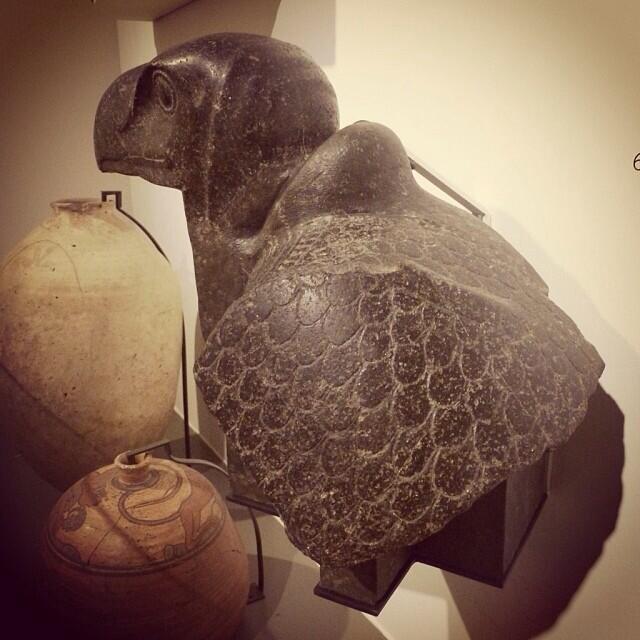
Baboon from Kawa
Relief on the Kiosk of Taharqa:
Higher quality version of a previously shared relief of Taharqa (or possibly Shebitku)
25th Dynasty stele from the Ossirian temple at Karnak, Thebes, Egypt
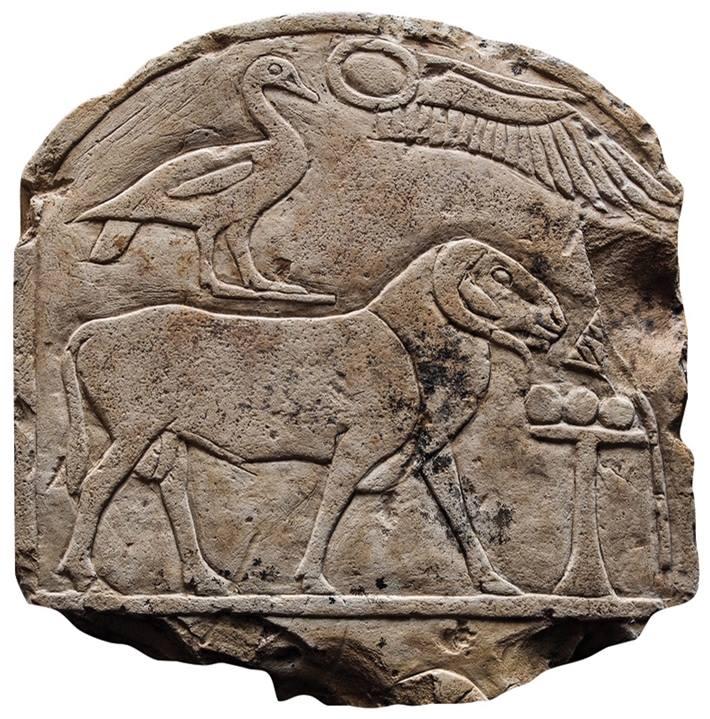
Meroitic relief
Apedemak, the lion-god (wearing the Hemhem crown) resting on a crescent
Brightly coloured Meroitic shard
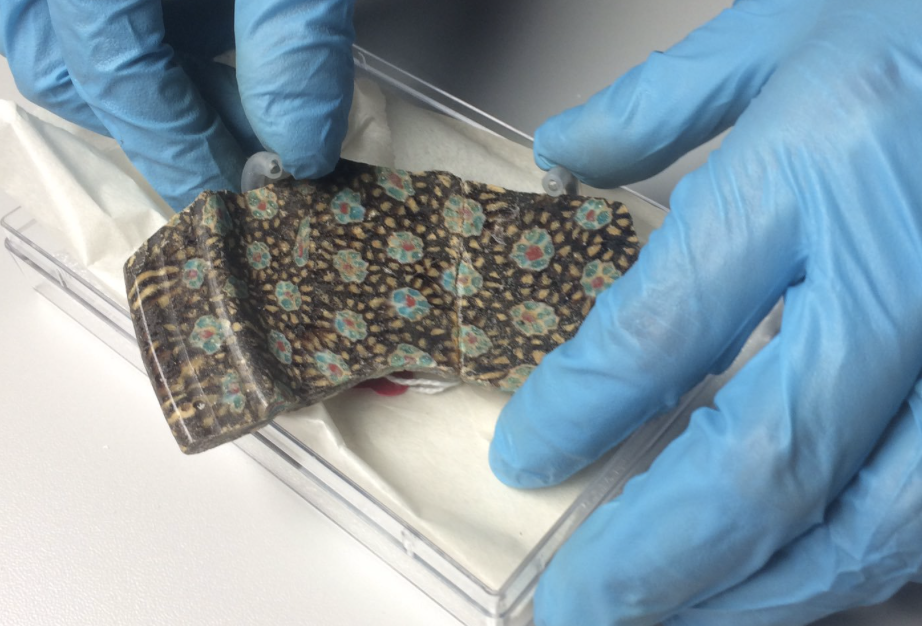
Meroitic wooden box with inlaid ivory panels, from the site of Gebel Adda, near the Sudanese-Egyptian border. This is an incredibly interesting piece because it depicts Corinthian columns and arches, reminiscent of the Naqa kiosk, and a clear example of Roman influence, which would become much more pronounced in the post-Meroitic and Makurian Christian periods of Sudan, in the form of Byzantine influences. The faces also have very "non-African features", which isn't abnormal for such a northern site (a main trading post with Roman Egypt), but still note-worthy.
A piece of Meroitic fabric, which is a very rare find. (depicting aquatic plants?)
-
 2
2
-
 1
1
-
-
@stanislas69, before I forget, one last suggestion for your Corent sanctuary model:
SpoilerYour original:
Suggestion:
The storied gatehouse in the original model looks too tall to me, throwing off the sense of scale. Simply reducing its height makes it look a lot more natural and actually emphasizes the size of the structure in its entirety. Also the roof should probably extend to cover the top of the wall (the wall that we assume is supporting the roof), ((When the top of walls remain unprotected by a roof, they decay/crumble quickly due to the weather)), (((I know, it's based on that artist' reconstruction but I'm assuming the artist might have slipped up on that detail))), ((((red pillars don't seem al that distracting, rather a pleasant yet subtle highlight)))).
-
 1
1
-
-
On 8/6/2018 at 10:39 PM, Genava55 said:
That's pretty nice work there...
Some feedback:
SpoilerNo Gaesatae (naked fanatics)? I think they're a public favourite, relevant (battle of Telamon) and generally speaking an appropriate mercenary unit for the Gauls. The reform choices are interesting, and I think we should have more of that in 0AD anyway... Where did you get those indigenous names from? Wackyserious and Alexandermb have recently done a lot of work regarding Gallic and Briton units, and they look pretty close to the references. So perhaps some renaming/reshuffling of units is "all" that's needed? I don't think there are any wicker shields in use for the Celtic civs yet... So that would need some modeling/texture and could be useful to illustrate rank (wicker shields being the lowest rank)
What I liked a lot was the Iceni centre at Gallows Hill:
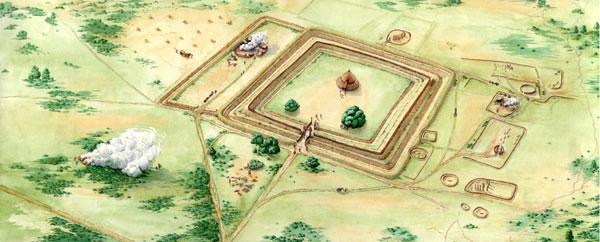
Seems very appropriate either as temple or even a British wonder (finally)!
The Irish sanctuary at Dun Ailinne seems equally fitting as a wonder, or a special structure for the Britons. It could even be an assembly building like the Hemicycle building at Corent? Ireland isn't really Britain though, so what do others think of it? Perhaps a more generic version based on this example, with a single circular enclosure instead of two?
I second the Hemicycle building at Corent as a political assembly building. Civic techs could be researched there.
With the Corent sanctuary (background) as the Gallic wonder and the Iceni centre at Gallows Hill as the British wonder, we can really bring the historicity back to Celtic structures.. The Hemicycle building (Gauls) and the Dun Ailine sanctuary ("Britons"), add lovely diversity to the Celtic structures (which is the main challenge for these civs I think). If the Gallic temple can be replaced with the the sanctuary of Gournay sur Aronde, the Gauls would be near perfect. I'm also in favour of replacing the British temple with the older, simpler version of Gallows hill, because it would follow a similar layout as the Gournay sanctuary (continuity), but would be uniquely British looking at the same time (round central structure for the Britons vs rectangular central structure for the Gauls).
Then we can finally retire Stonehenge to Atlas, and use it as a beautifying neutral structure/ruin for British maps, and other megalithic structures like the Carnac Stones (France) could also be modeled as a neutral structure/ruin for Gallic maps like Rouen or Lorraine plains.
-
 2
2
-
-
@wowgetoffyourcellphone, I remembered taking some pics at the Metropolitan Museum of Art in New York, back in 2011, including some Achaemenid artefacts and Neo Assyrian reliefs and a Neo Assyrian Lamassu, very similar to the Persian examples. Perhaps useful or interesting references:
I'd also like to remind our talented in-house artists ( @LordGood, @stanislas69, @Alexandermb ) that a proper version of the lamassu is important for the "Gate of All Nations", which needs to replace the Hanging Gardens of Babylon. The outer gate of the Gate of All Nations is flanked by two giant bull statues, the inner gate is flanked by two giant lamassus. The Hanging Gardens of Babylon might be pretty, but just like stonehenge for the Celts, the Hanging Gardens were a terrible choice for the Achaemenid Persian wonder. It belongs to the wrong civilization (Neo-Babylonian Empire), pre-dates our timeframe by a century, and is semi-mythical...
Soooo, if you guys find the time, could you take another look at this topic, and adjust/improve/re-texture/finish @Enrique's already decent looking model?
I also provided some good primary references and artist reconstructions of the structure here:
-
 1
1
-
-
7 minutes ago, elexis said:
http://releases.wildfiregames.com/stats.php is incomplete IIRC, doesn't contain sourceforge, torrents and some downloads werent captured at all IIRC, also linux distributions
So there's no (near) absolute figures? What do you think was the minimum amount of times alpha 22 and alpha 23 have been downloaded so far?
SourceForge lists about 28,274 downloads since July 2017,
and Wikipedia also says:
QuoteBetween 2010 and May 2017 the game was downloaded alone from Sourceforge.net over 1.3 million times.[30]
49 minutes ago, (-_-) said:A lot of discussion around goes around the fact that there is no distinction between eco and millitary in 0AD. Not too hard to see why. There is no strategy in population growth for the most part. In AoE you have to ask questions like “am I a making a mistake making more villagers when the enemy is clearly going on the offensive soon?”. Thats not the case for 0AD. We just need to keep on that citizen soldier spam going. Doesnt matter what the opponent does, its the all purpose winning strat.
Yeah, a lot of people want common villagers to be a thing. That doesn't mean we need to throw out citizen-soldiers (at all), it just adds a layer of nuance to your population, because, as you say, there is currently "no strategy in population growth for the most part". We need a civilian aspect to compliment the military one. More than just farming women. It will make the military aspects all the more rewarding.
-
3 hours ago, macemen said:
I think the classic RTS genre is everything but dead, it's just fine.
It's really not doing fine. FPS and RPG have become totally dominant in the market, with RTS being relegated to a niche market of nostalgiacs. Sure, there's millions of us, but there's more than a billion gamers in the world... RTS is definitely making a comeback of sorts, partially thanks to the AoE announcements and a slew of new RTS games that came out recently, but good (historical) RTS games are still just a drop in the ocean.
Totally suggestive google search results:
3 hours ago, wowgetoffyourcellphone said:4 hours ago, macemen said:Apparently a lot of people agree, otherwise we wouldn't see new expansions made to the most classic of the classic RTSs, AoE2.
That was a publisher banking on nostalgia, really.
He said it...
4 hours ago, macemen said:I don't think they are overly simplistic, repetitive or boring. It's only so if you ever play against the AI
This is one the things that lies at the crux of the matter. There are more than a million total downloads of 0AD and recent alpha releases are hitting hundred thousand+ downloads if I'm not mistaken... At any given time there are not more 200 people in the multiplayer lobby (if that), and I'd be surprised if more than a few thousand people play 0AD online. That means that the vast majority of players are playing Single Player against the AI... This is an important fact to keep in mind when thinking about 0AD's player base. Online players are simply way more vocal, by definition, because they're online more often, they're more active in development, on the forum and other platforms pertaining to 0AD. There is a large, silent majority, that enjoys a totally different way of playing and experiencing the game than the hectic, fast-paced (sometimes stressful) MP-games. A lot of people play games to relax (one of the reasons why the passive AI was so important) and enjoy the details. The MP dudes don't even use the zoom function... Camera is always the same angle... Laugh at the sight of players building an esthetic and organic looking town... Play at low graphic settings because frames per second are more important... Don't see anything wrong with "house-walls" or building more barracks than they have houses. Of course I'm generalizing here, and I enjoy a good MP-game myself, but MP and SP are two different worlds, and MP-concerns have gone at the expensive of the SP-experience. Many people want more variety than can be had from obsessive compulsive 30 minute clicking competitions. Normally, MP-player is a derivative from SP, but with 0AD, it's become the other way around, and that's problematic for a number of reasons, especially with regards to fleshing out the gameplay. There's also a lack of interconnectedness between the different game-mechanics, but again, Delenda Est is going a long way at creating a more harmonious and integrated whole (but that's a different discussion).
4 hours ago, macemen said:You are right in that a circle of houses (or any other buildings) protecting something is ridiculous. If you think about it so is the fact that the CC fires missiles and there are tons of other things that don't make any sense in real life. But these things are needed to keep the game playable. You can be only so much realistic without making a game complex to the point of being completely unenjoyable and unplayable.
Of course, there are many conventions in classic RTS that are simply "necessary", but many are also just that. 20 year old conventions contrived in an era of simpler computers and simpler games (and gamers). Times have changed, and adding depth to a game doesn't need to make things convoluted unless it's done without finesse, nuance, common sense and rigorous testing.
SpoilerI get the distinct impression that a lot of people imagine adding/removing/redesigning features in 0AD would go something like:
I think we shouldn't be scared to try new things. We should be brave, and as long as we are diligent and meticulous, we won't end up a self destructing washing machine...
4 hours ago, macemen said:Again you are right but there is a trade-off between realisticity and simplicity that has to be made to keep the game playable. Have you played Stronghold Crusader? That has a much more realistic economy... that you end up managing in 90% of the gameplay, instead of laying awesome sieges to castles (which you might think the game is all about). It's even worse in Stronghold2 in which you spend all your time making sure the rats are not eating your people's food, that you have enough candle wax to light your temple and other equally ridiculous micromanagement that I won't list here. Who wants that in an RTS? Rhetorical question, I'm sure there are people who want just that.

Some people like that, but I agree it would be totally ridiculous to have to focus on something like your stores of candle wax in 0AD. That's not what I want either (nobody expects that level economy microing in 0AD). But there should be something of an economy... Even Age of Empires III (2005) had neutral traders spawning at the edge of the map, passing your outposts and exiting at the other end of the map, so you at least have the feeling that resources aren't appearing out of thin air, and the feeling that you're exchanging something with an outside actor that's not your own. Having something of a civilian economy (be it a simple one) would really add immersion, and make you feel you really have something worth defending.
4 hours ago, macemen said:I'm not advertising discrimination against certain types of players or strategies. Quite the opposite, I think that games where there is a single strategy to win are boring. The point I was trying to make is that making a passive playing style overly rewarding *could* easily lead the opposite of spicy. Imagine that scouting the map and expanding could easily be avoided by just choosing certain techs and building certain buildings, without having to sacrifice anything. Wouldn't that lead to boring games?
"passive playing style" will get you wiped of the map pretty quickly, as it should be. I'm not talking about passive, I'm talking about defensive/non-agressive/calculated/diplomatic. There's many ways of winning wars. Brute force hardly ever cuts it. There's always trade-off for the choices you make, or as you say, sacrifices. Your remark has more to do with balance, which depend on parameters that can be changed, than the potential quality of new or re-designed features.
5 hours ago, macemen said:Maybe I just don't have enough imagination but I can't see how that would work well.
I admit that some imagination is necessary to understand the points I'm making. They are a bit abstract. But it's often the things you don't consciously notice that make a game very enjoyable to your subconscious. A natural, intuitive, immersive and harmonious gameplay are fundamental to a rich gaming-experience. 0AD has come a long way, but isn't quite there yet.
5 hours ago, macemen said:It is not historically correct either. I can't think of a single case where isolation lead to greatness.
Sure, isolation is generally speaking bad, but I'm talking about effective defences and smart diplomatic maneuvering, not cutting yourself of from resources or trade.
1 hour ago, (-_-) said:Am I the only one who thinks houses are OP? They are almost impossible to destroy early game, and a pain even in late game unless you have siege.
This is also amplified by the fact that garrison loyalty of 5 women makes it impossible to be converted by 10 horsemen(atleast I think).
Are houses really that strongly built and defended?
I agree, common houses were generally not that strong. They also have doors and windows that can be easily broken through. And lots of wood/thatch/fabrics that easily burn.
-
2 hours ago, macemen said:
This would also have other desirable side effects. Players in the most cases would strive to capture these settlements intact to extract the invested resources, instead of just raising everything to the ground with a bunch of rams. It would give a whole new meaning to walls, towers and garrison, as it would be very costly to loose settlement to a raiding party.
2 hours ago, wowgetoffyourcellphone said:I like this, and it's not far from some of the ideas I have proposed in the past. Each CC should have its own territory that doesn't morph together like they do now. They start out as small villages and only "village" structures can be built within their territory. Upgrade each CC independently so you can build Town, then City structures within their territories. A Village CC would have a gathering bonus around it, while it loses this bonus as it's upgraded and perhaps different bonuses kick in. Now you have real provinces that are somewhat unique from each other, for instance, a couple of Village provinces where you do a lot of your farming and mining, etc, while owning a couple of Town provinces which may have a trading benefit and can build barracks and wooden towers nearby. Your City province allows the building of stone walls and fortresses. While your Capital province can grant some uber bonuses and unlock some unique structures, essentially more "Wonders" that give unique benefits.
Now you're truly building an empire instead of some weird urban sprawl that makes no historical sense.

The 3 major starting conditions would be nomad (of course), classic (start with 1 village center and some units), and empire (where each player has multiple village centers already congruently scattered around so that each player already has an empire of provinces and most of the map is already claimed by the players).
2 hours ago, wowgetoffyourcellphone said:A Village Center looks rural and rustic. Can have some haystacks, a fire pit in the middle or a well, and a rustic-looking town hall or rural approximation of the look of the current Civic Centers. These are not "stone aged" town centers or anything like that (no giant mammoth tusks for ornamentation), they are era-appropriate, but rustic and rural.
A Town Center looks more built up, perhaps a little more mercantile. Walls are sturdier. Structural elements are taller.
A City Center looks much like a lot of the Civic Centers we already have.
2 hours ago, macemen said:You can even go even further and penalize (maybe severely) resource gathering in cities. This would have, compound with your suggestions, several beneficial consequences.
- Settlement development would not be about mindlessly upgrading everything to the highest possible level.
- Farming and lumber-jacking, etc. would move to the peripheries which would suddenly become valuable or even vital resource gathering sites as opposed cheap, throw-away and redundant expansion colonies.
- Trade would get a whole new meaning.
All of that! Literally everything... @0AD_development_team:
 8 minutes ago, coworotel said:
8 minutes ago, coworotel said:naked fanatic would be a good candidate for zerg style trash unit: weak but very cheap and fast.
But I'm pretty sure they weren't trash though
 They were pretty feared.. They were also a popular mercenary unit in demand across the Celtic world and even beyond. I don't think they were that cheap. Admittedly, armor wasn't their strength, but they inspired terror, and you know, they were fanatical, which always makes for good fighters
They were pretty feared.. They were also a popular mercenary unit in demand across the Celtic world and even beyond. I don't think they were that cheap. Admittedly, armor wasn't their strength, but they inspired terror, and you know, they were fanatical, which always makes for good fighters  In times of existential threats to the tribe, Celts sometimes equipped large masses of peasants with a spear and shield (literally peasant levies), which are weak, but cheap and fast.
In times of existential threats to the tribe, Celts sometimes equipped large masses of peasants with a spear and shield (literally peasant levies), which are weak, but cheap and fast.
-
 3
3
-
@OmriLahav Just two more inspirational sources:
The 1st minute especially provides some nice traditional sounding Sudanese fluting.
It's pretty difficult to find quality (video-) recordings of traditional Sudanese instruments being played, but there's a bunch of stuff from Ethiopia, which have sometimes very similar sounding stuff. The following example is traditional Ethiopian spiritual music (known as Mezmur), but they use all the right instruments (more or less), and the tunes are comparable to some of the Nubian examples in the first post. Beautiful interplay between the Lyre, Flute, the Masinko and the percussion, to the backdrop of the mesmerising Ethiopian highlands:
-
 1
1
-
 1
1
-
-
@OmriLahav Here's a little extra info from another source that might be interesting. A guy called LinusLinothorax has done a lovely deal of research on the Kushites (and other Sudanic civilizations) for various Total War mods. On the topic of Meroitic music, he wrote the following:
QuoteMusic
For me music is, together with the UI, an important thing to create immersion and make a campaign unique. Music transfers much of the culture of the faction I am playing with, it tells me who the peoples which lived 2300 years ago are. Concerning Meroe there is definitely an own soundtrack needed to even underline their uniqueness. To compose music there are potential instruments needed. So I researched a bit and I found this part of the book “Dictionary of Ancient and Medieval Nubia”:
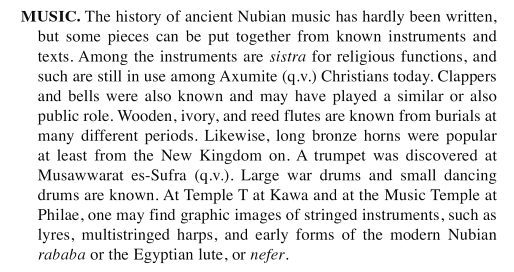
So you can see that we have a wide variety of instruments we can choose from. We have, of course, the typical African drums (similar to modern Nubian dalakas) and bells, but we also have harps and flutes. These flutes might be indigene, but we also have the knowledge that Meroe often imported stuff from the Greeks and this Cushite pottery shows us two centaurs playing on flutes, so it seems possible that Cushites also imported instruments as well.
He also provided an example of a soundtrack for a mod depicting the Kingdom of Makuria, a medieval Christian Nubian kingdom in Sudan, succeeding the post-Meroitic period. They essentially used the same instruments, and their soundtrack seems pretty decent (although I'm confident you could come up with a little more jazzy tunes more in line with traditional Nubian music:
QuoteSorry for making commercial for my channel, but I am the only one who uploaded it, so here is the soundtrack of Broken Crescent for Makuria. In my opinion the first piece fits perfect for Medieval Nubia (Last is one is not bad at all too) and I could imagine a similar piece for EB2. You can hear a Nubian string instrument, drums and synthezisers (Imo they are scratching on the limit of how much it should be) with a climax which don’t annoy even after hearing 20 times in the campaign:
http://www.twcenter.net/forums/showthread.php?667530-An-Europa-Barbarorum-2-Faction-Proposal-Meroe
I also failed to mention anything about African fiddles, which are widespread across East, West and Central Africa, come in many forms and produce a very distinct sound very appropriate for the Kushites.
There are obvious overlaps between Sudanese and Ethiopian musical traditions (to this day). Here's the Ethiopian fiddle known as Masinko or masenquo, to the beautiful backdrop of the Abyssinian castle at Gondar:
Mali fiddle:
-
 2
2
-
 1
1
-
-
You could also give @OmriLahav some well deserved youtube views
 :
:
https://www.youtube.com/playlist?list=PLPZOTWs_dz844QLG8H-lRZs4ZZXLu34st
-
 1
1
-
 1
1
-

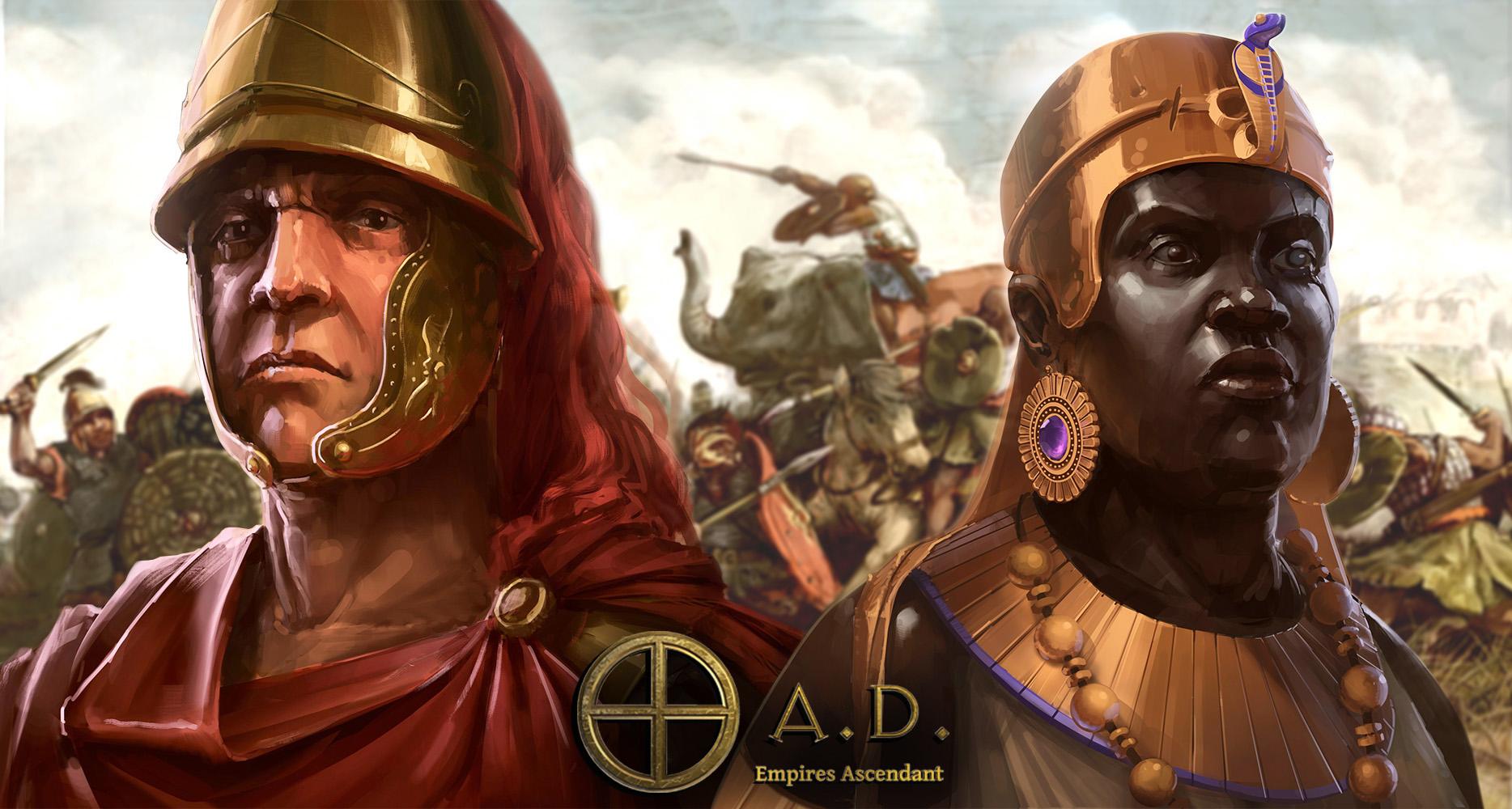

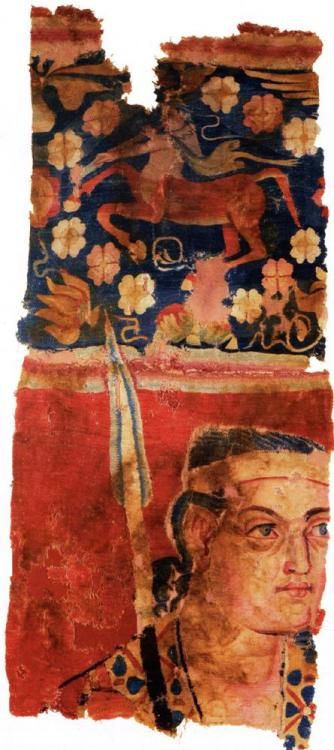
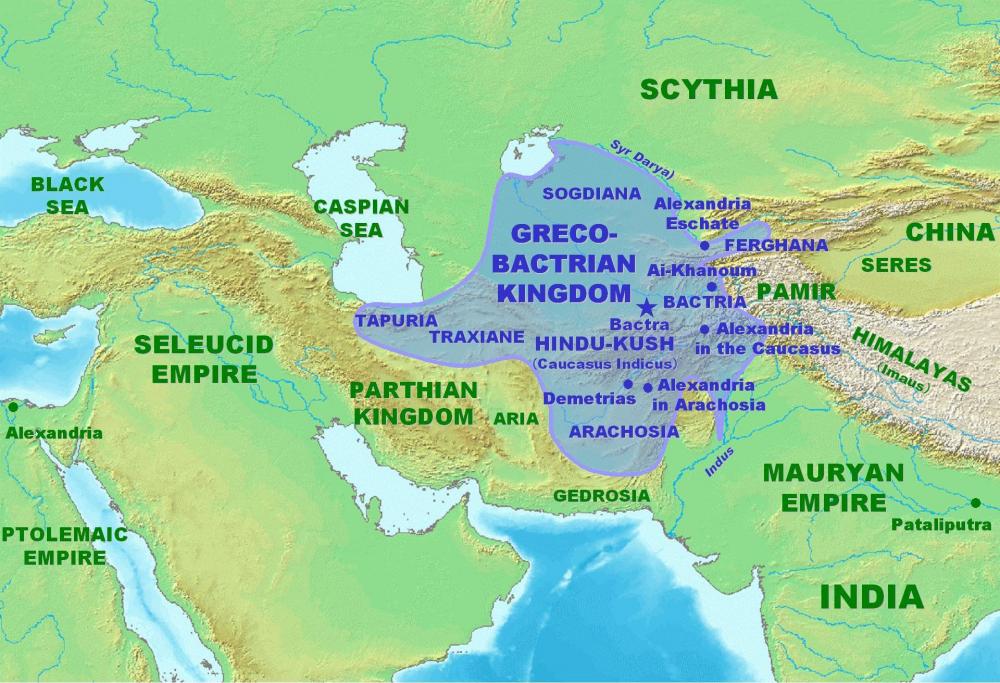
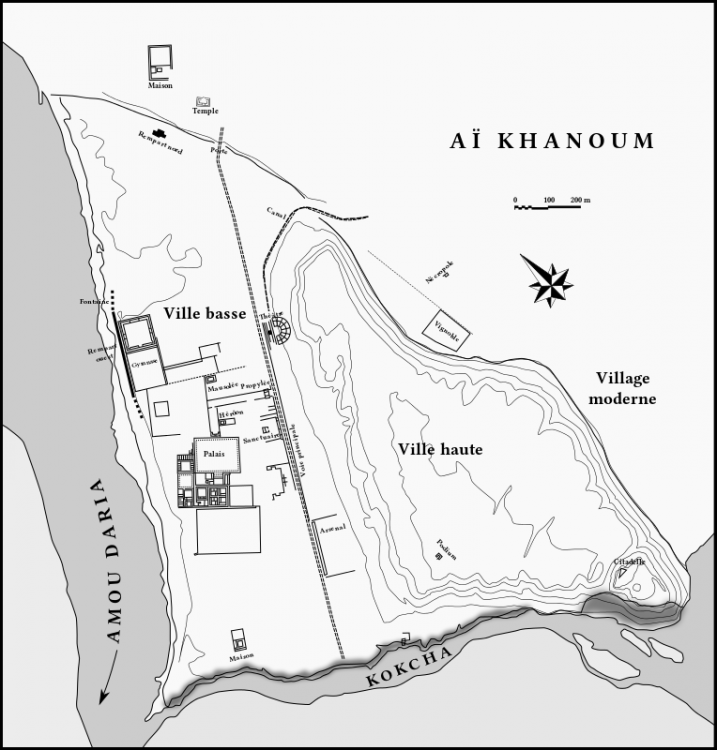
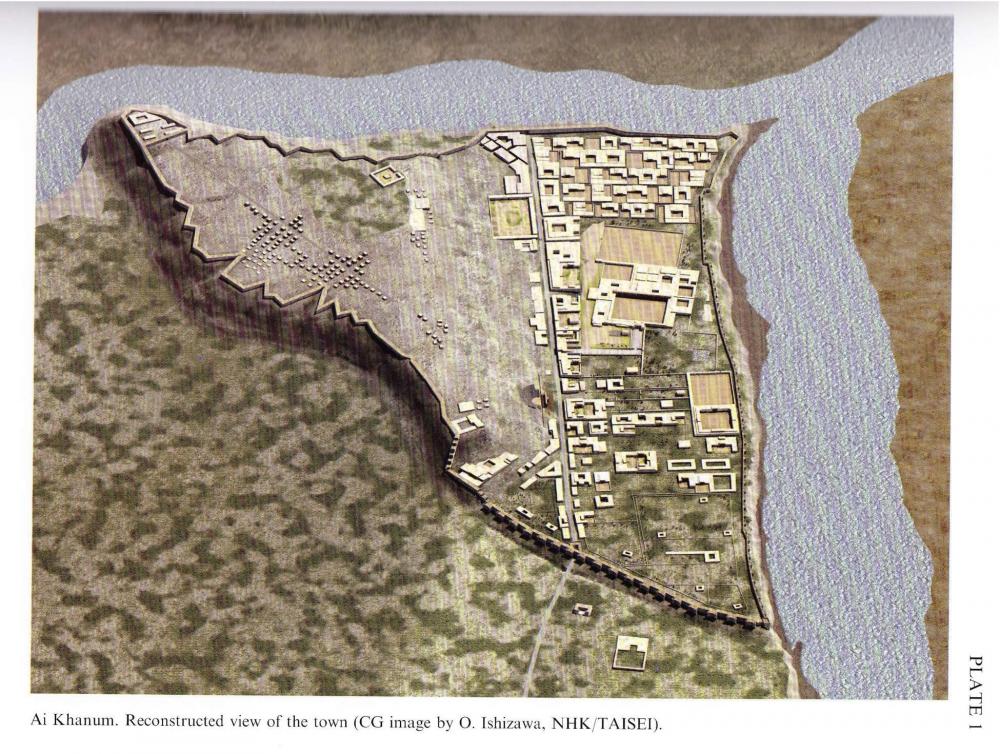
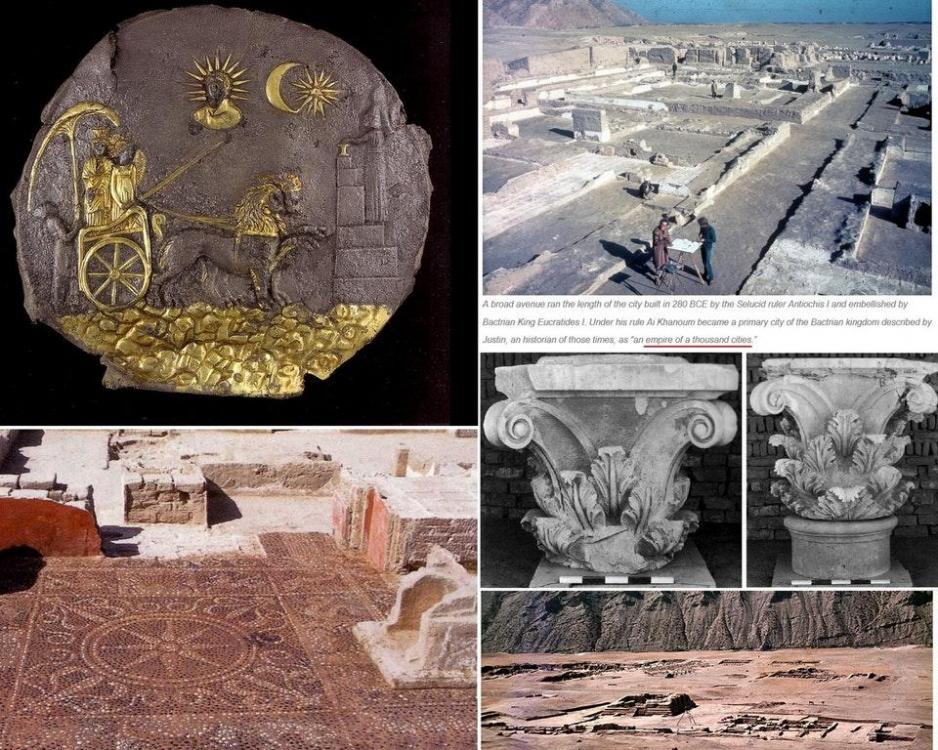
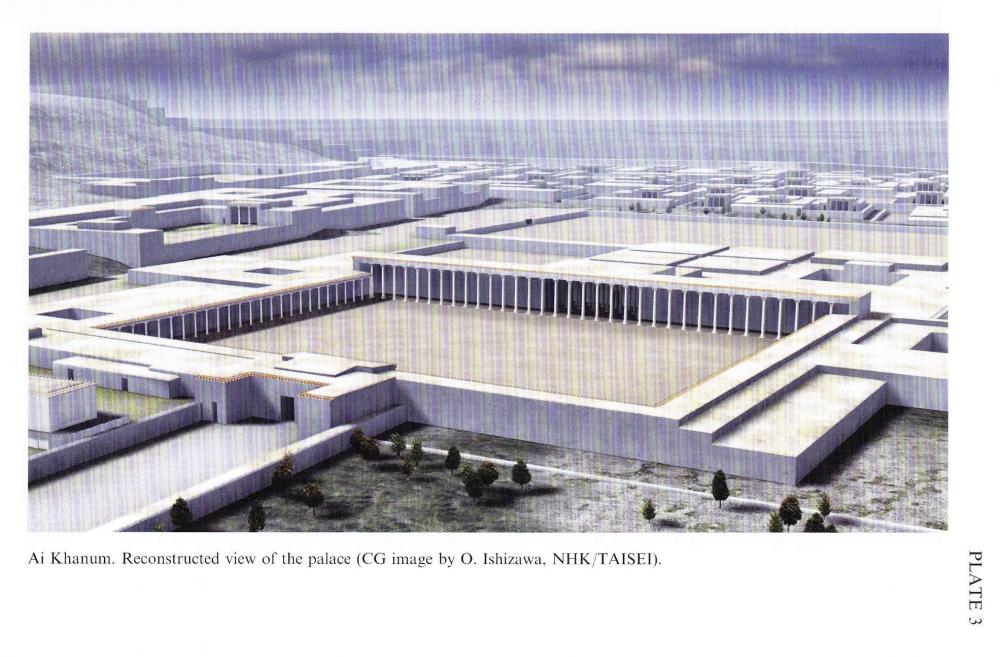
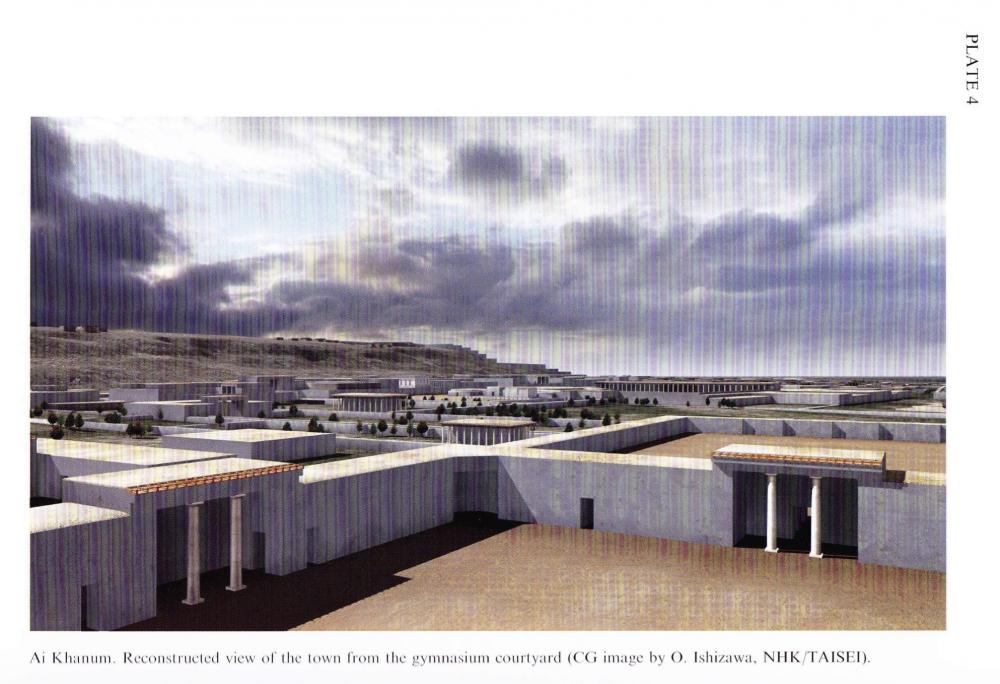
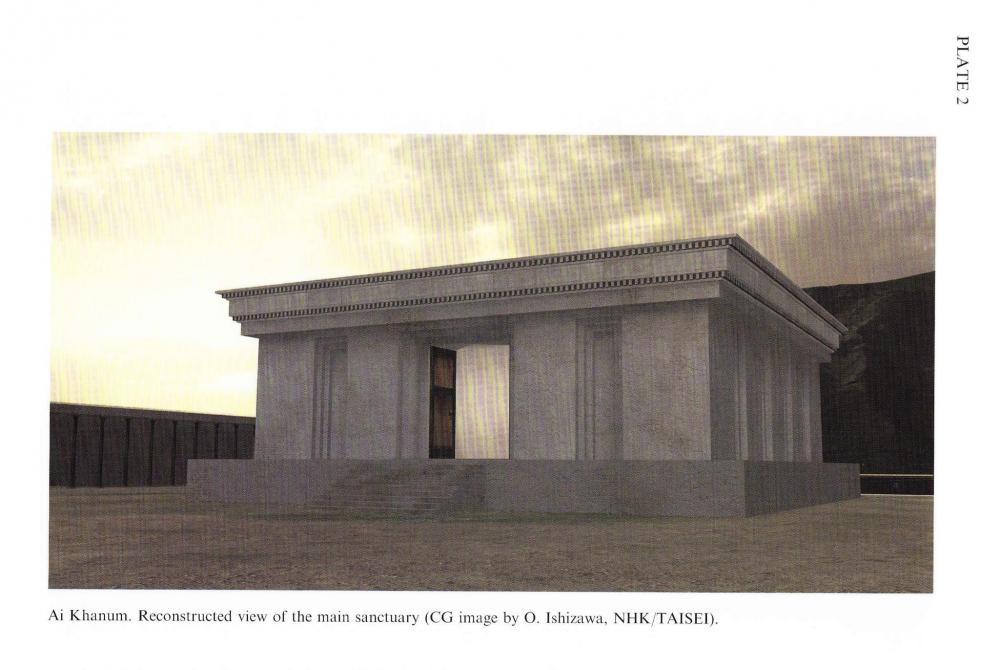
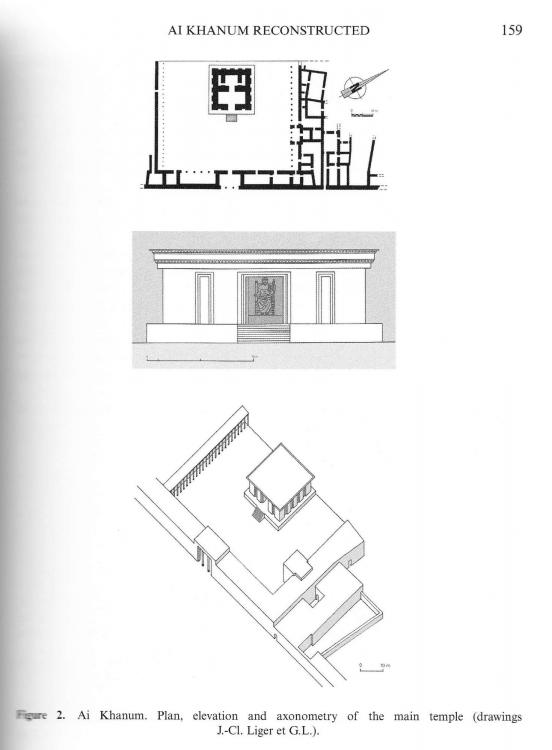
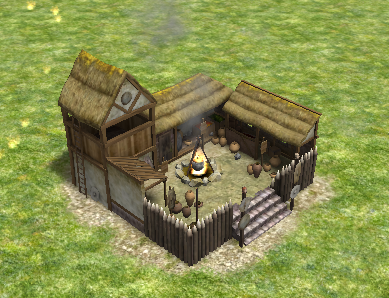
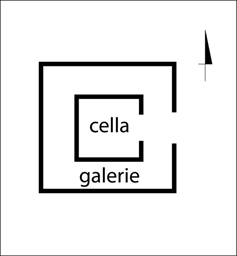
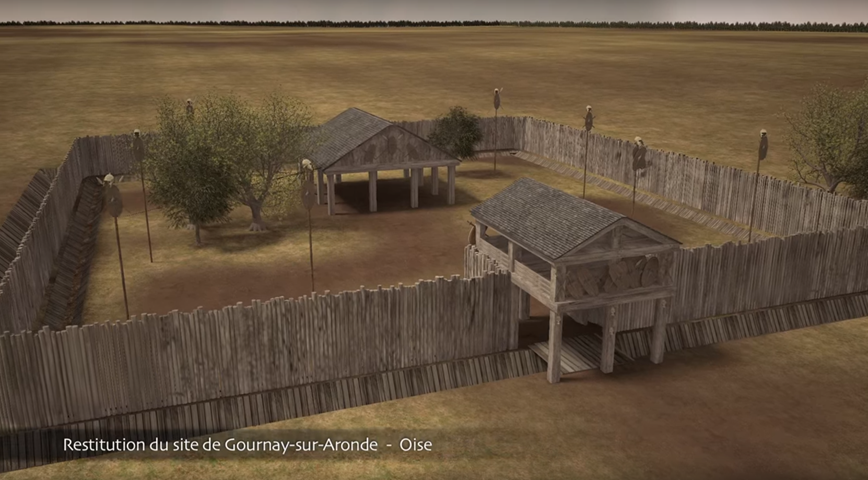
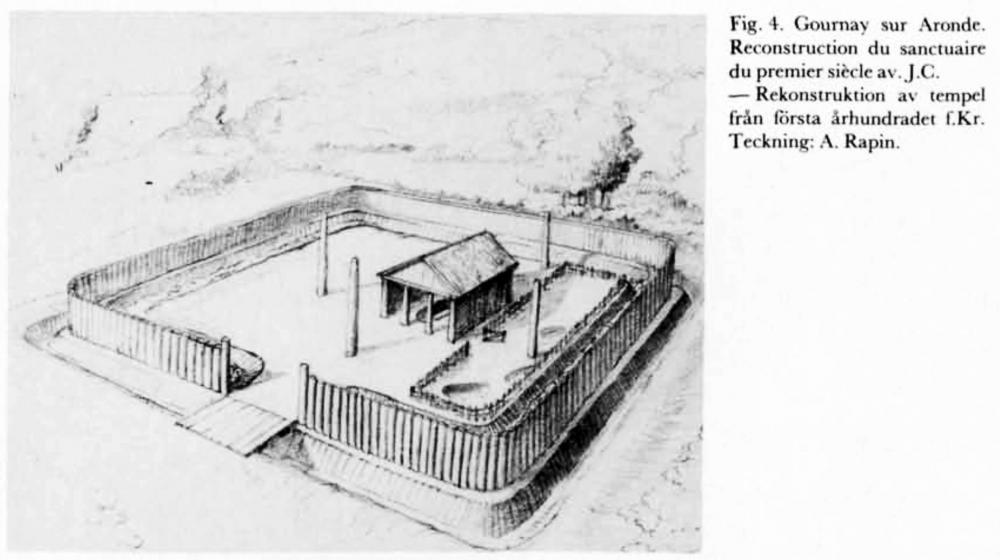
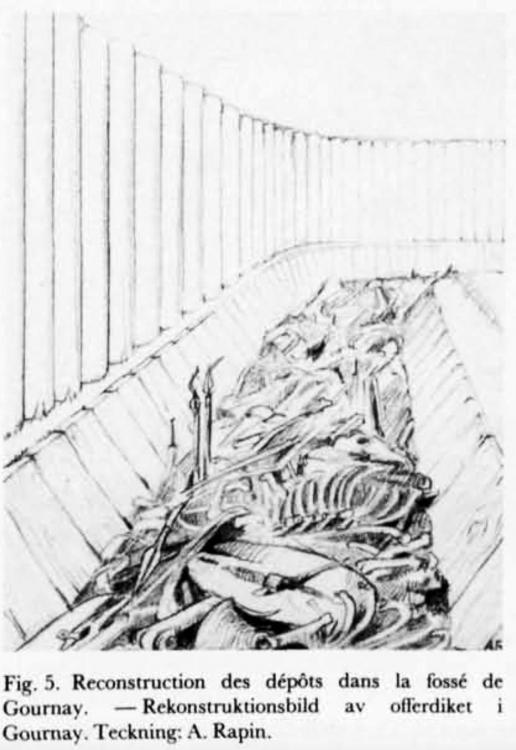
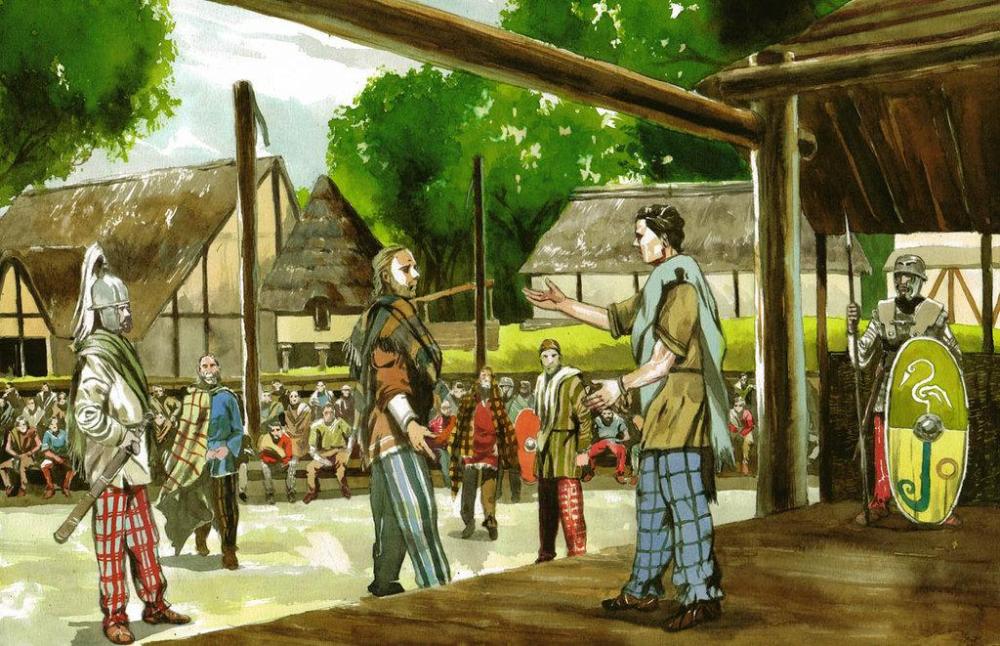
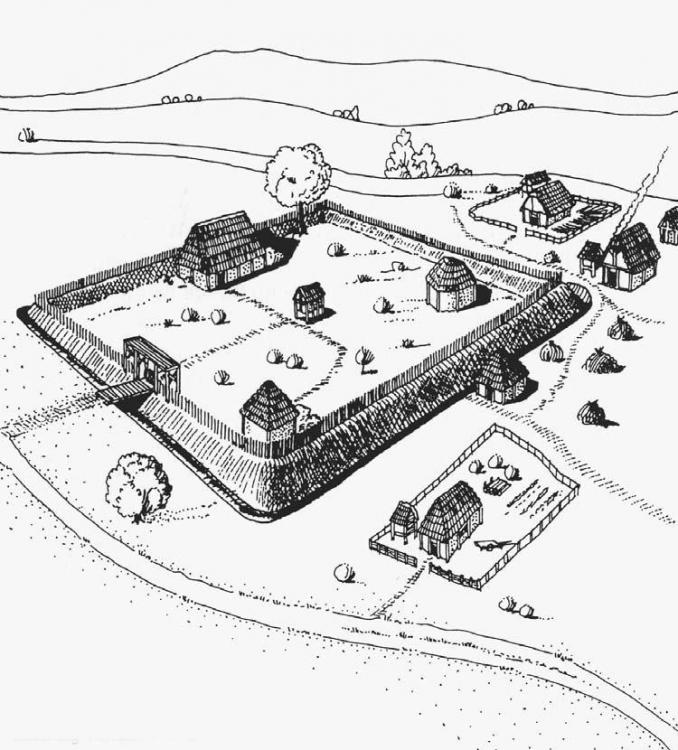
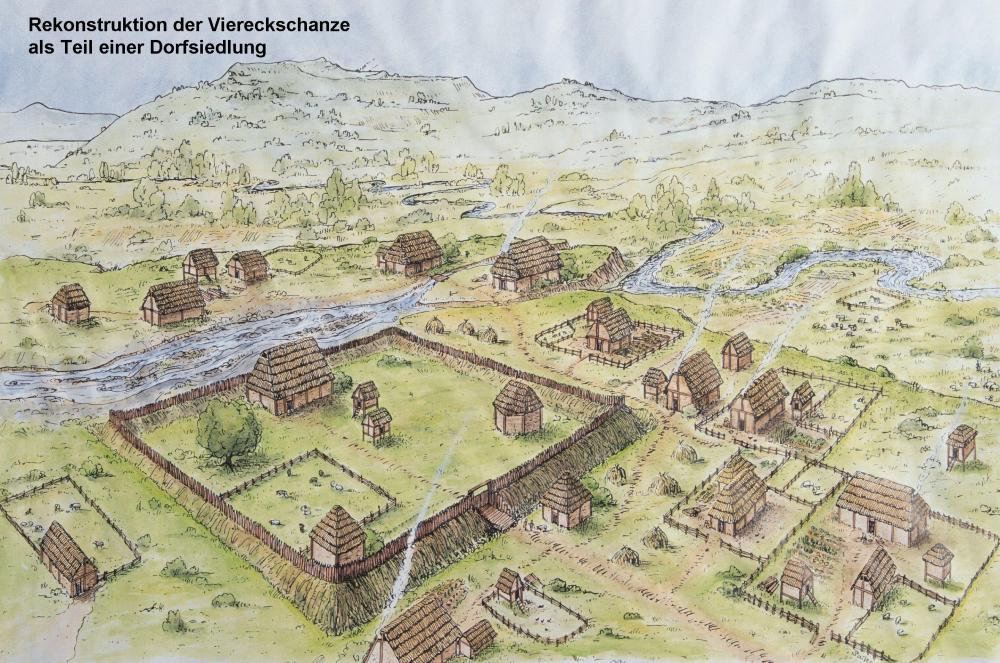
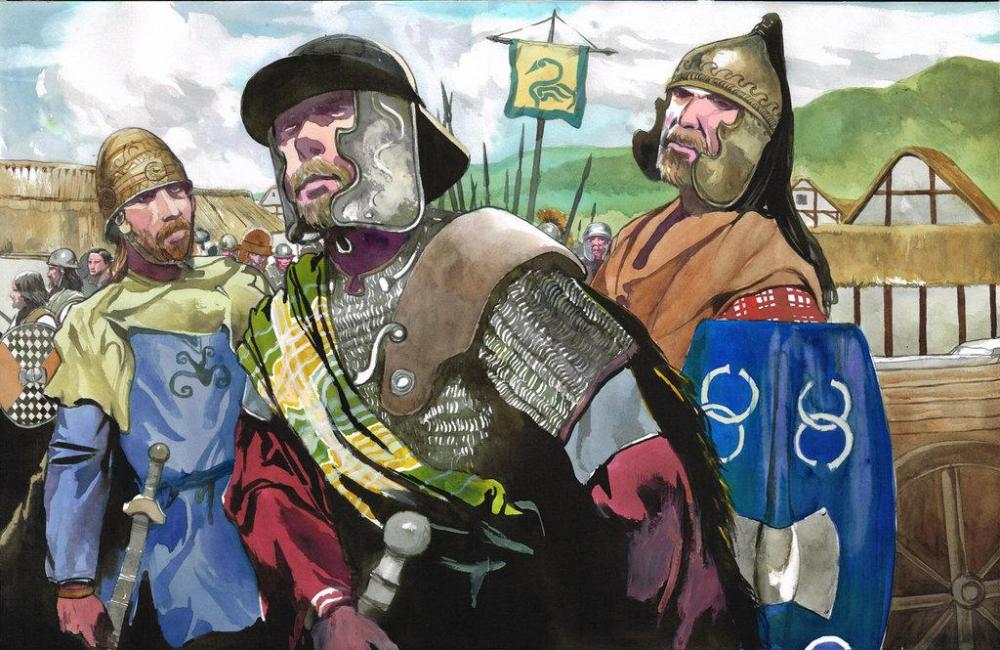
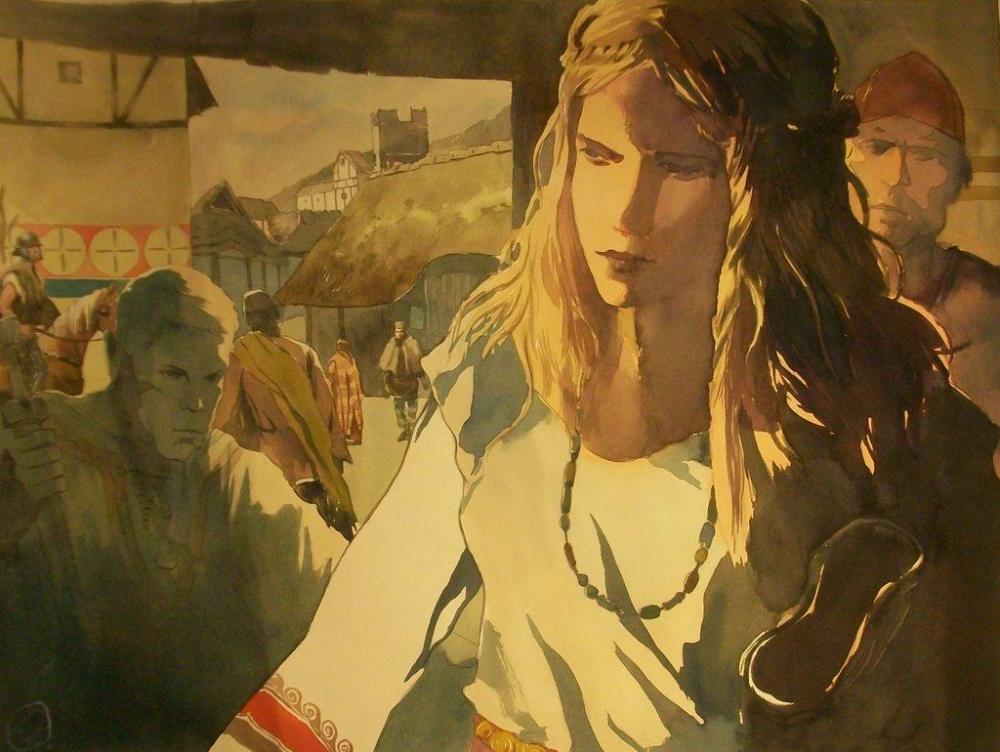
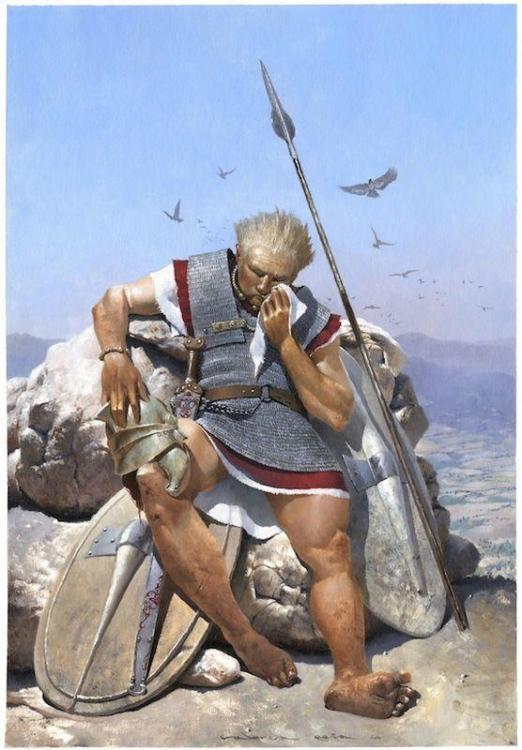
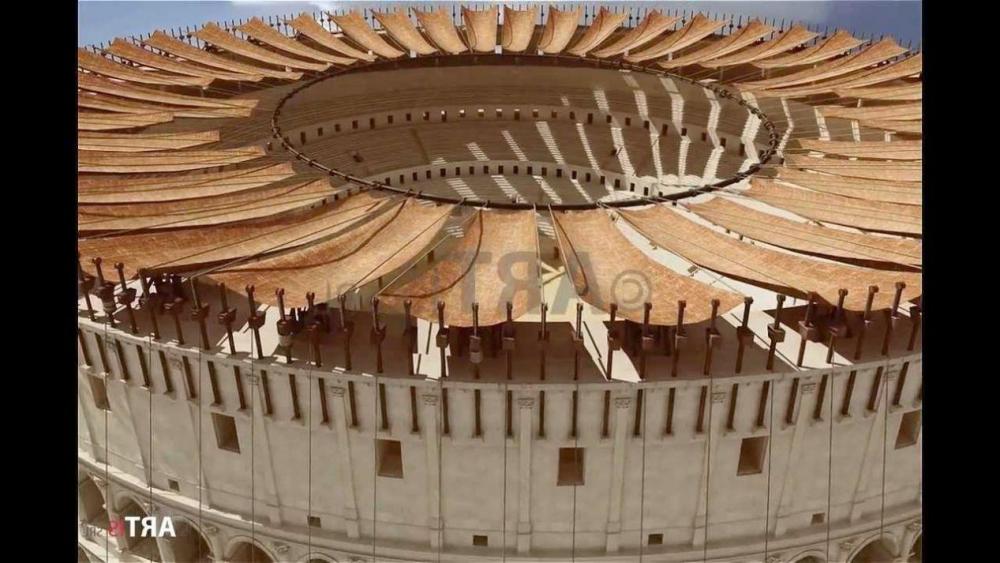
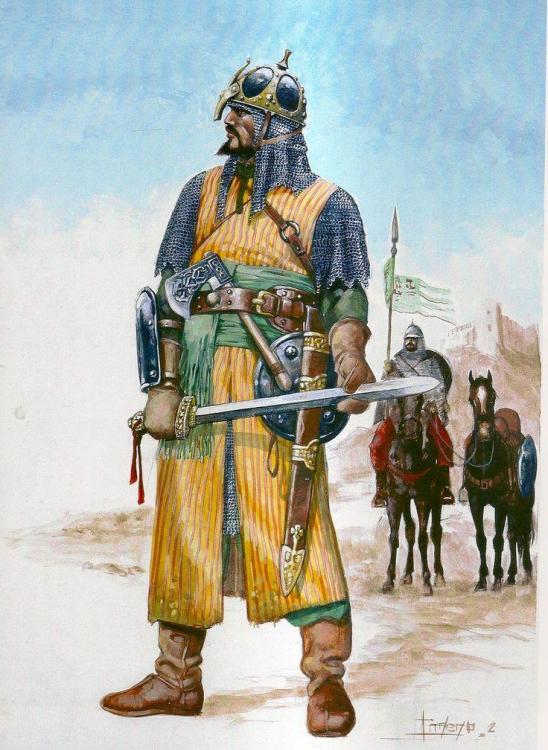
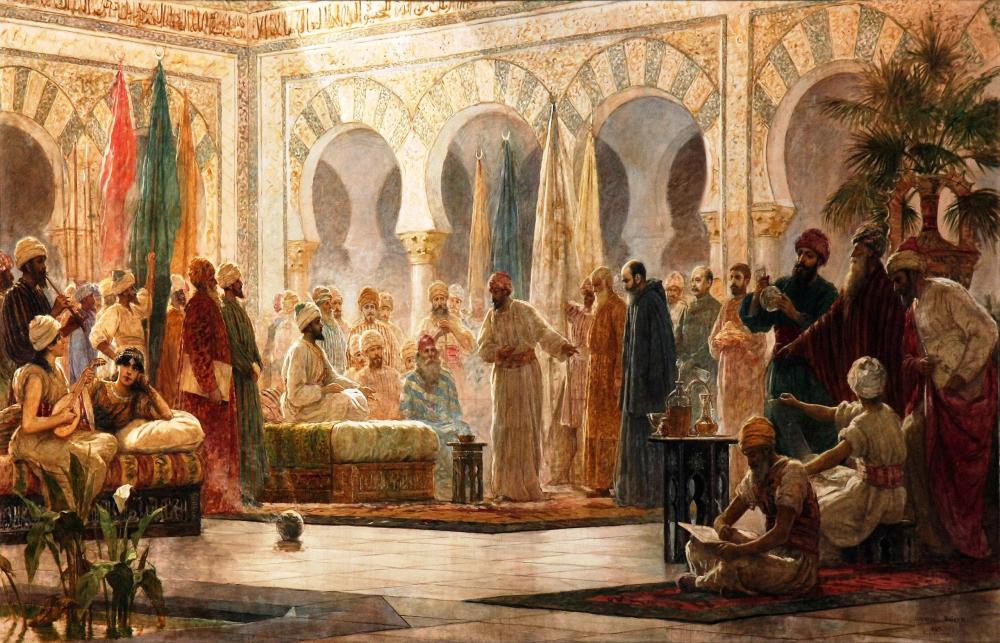
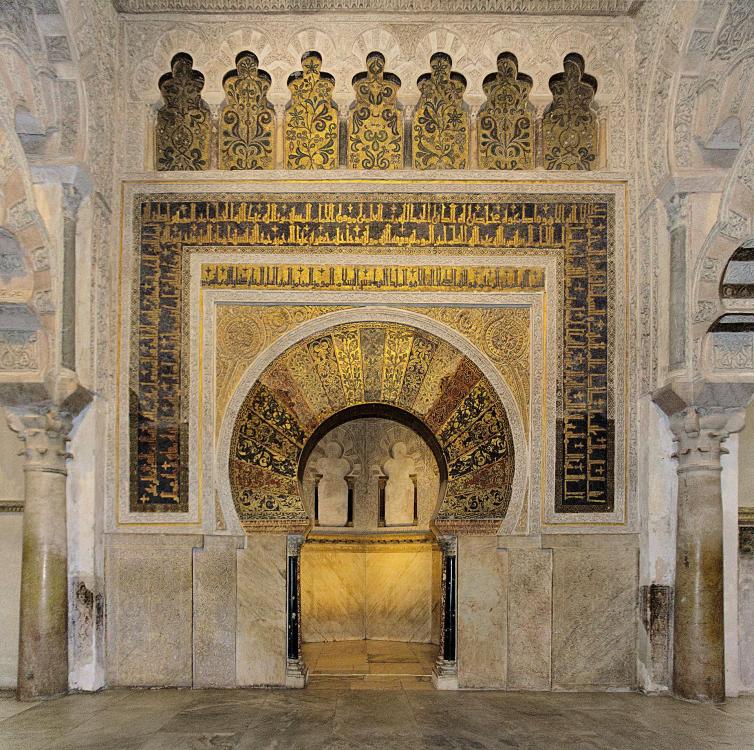
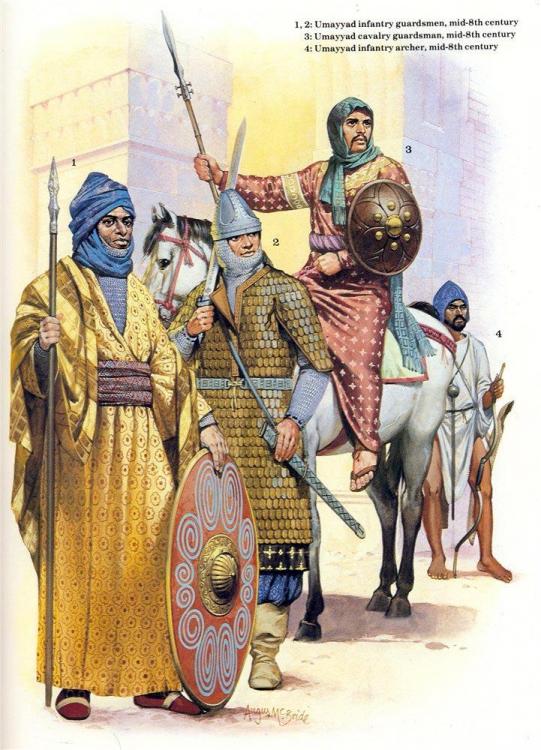
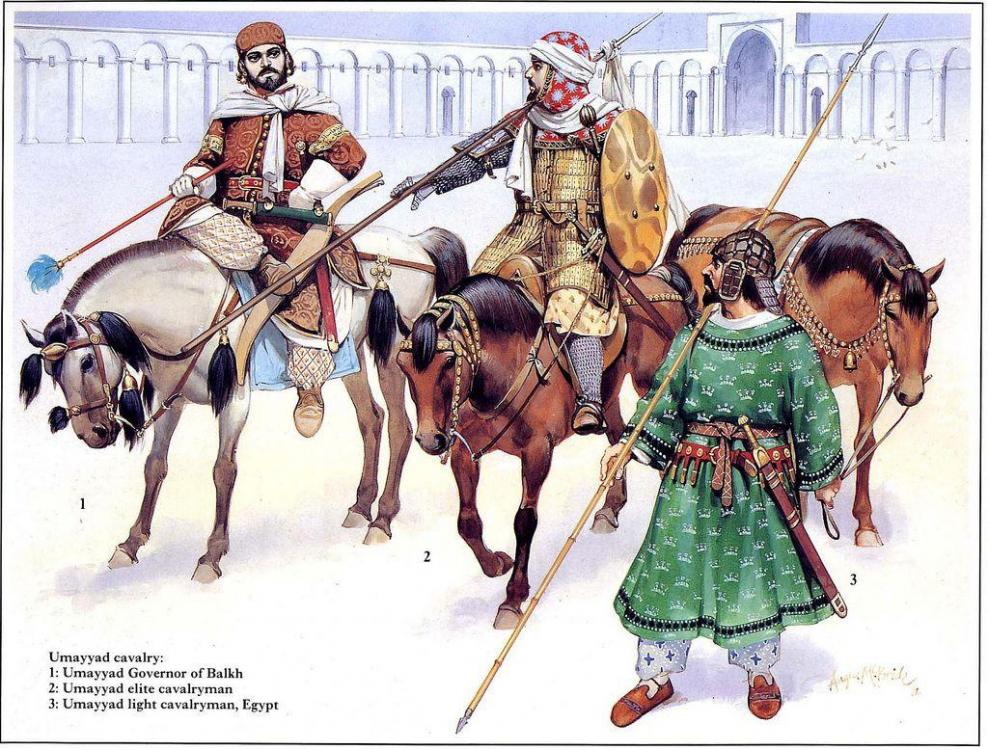
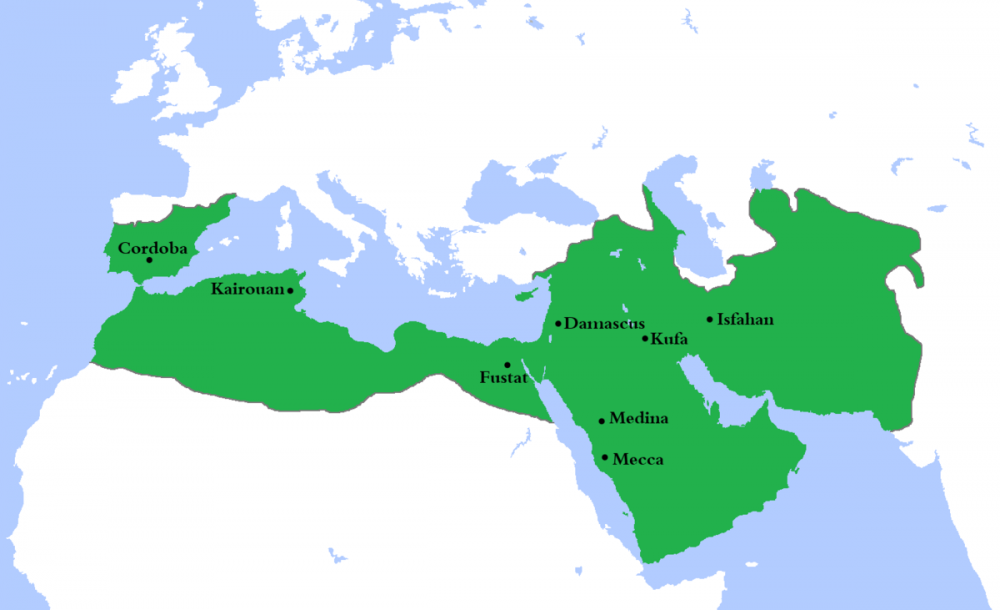
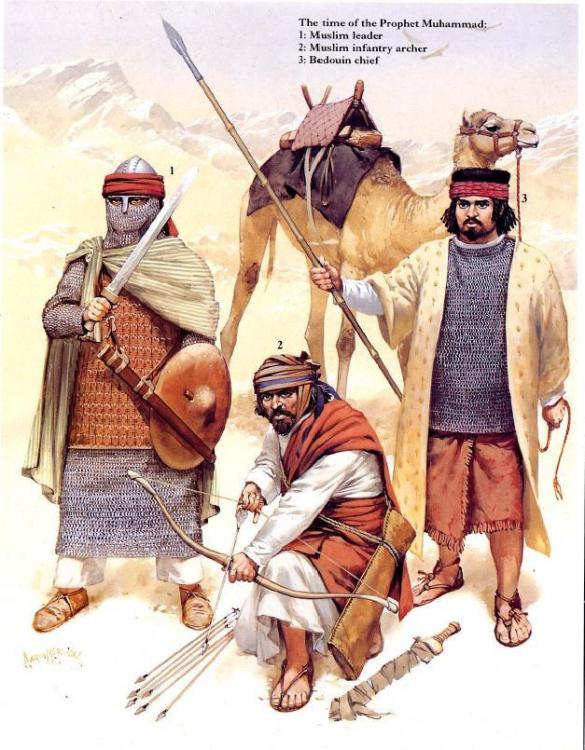
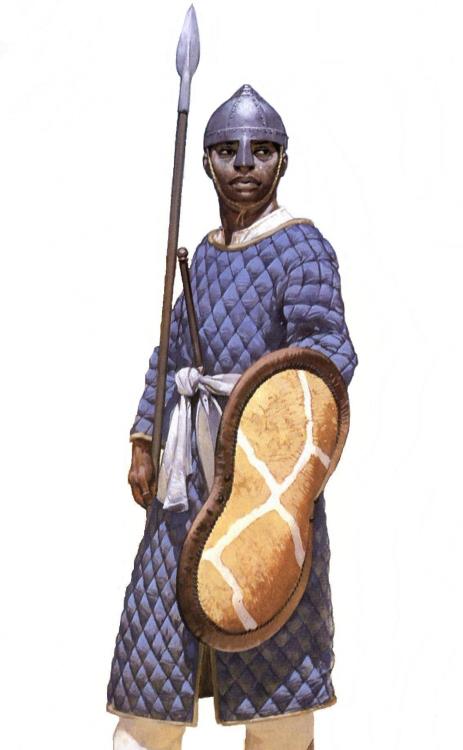
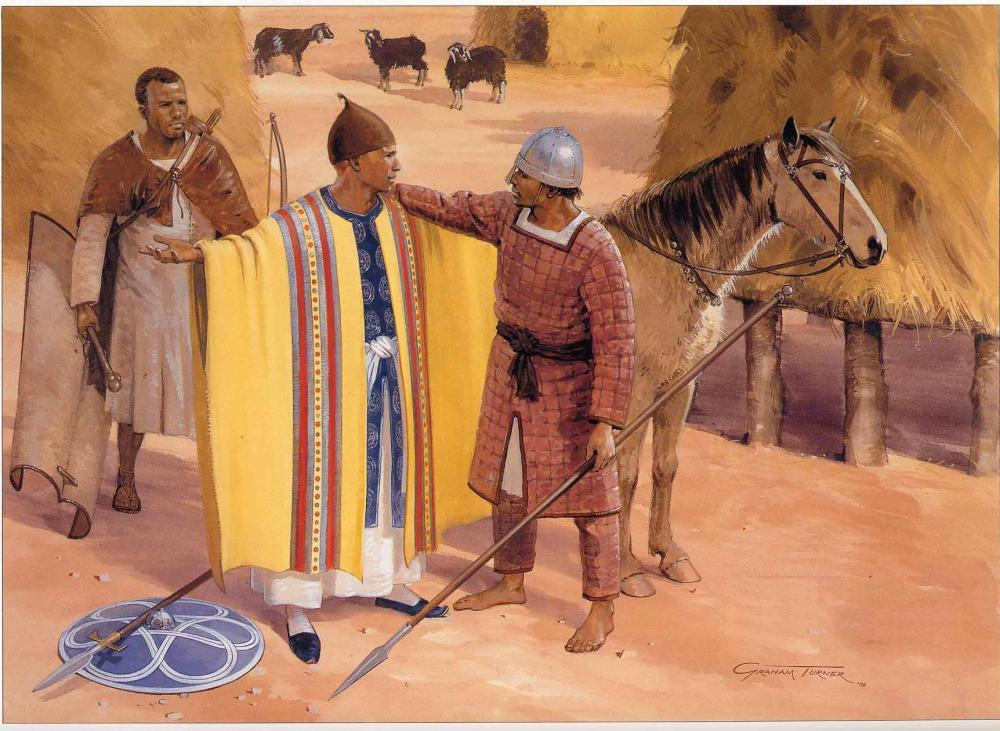
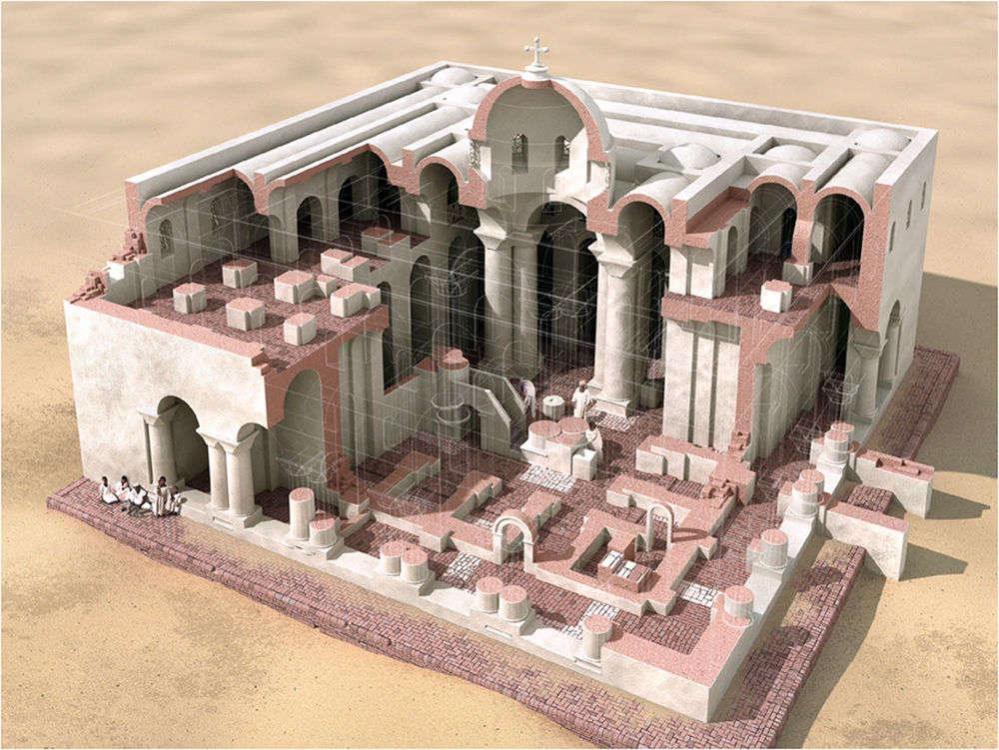
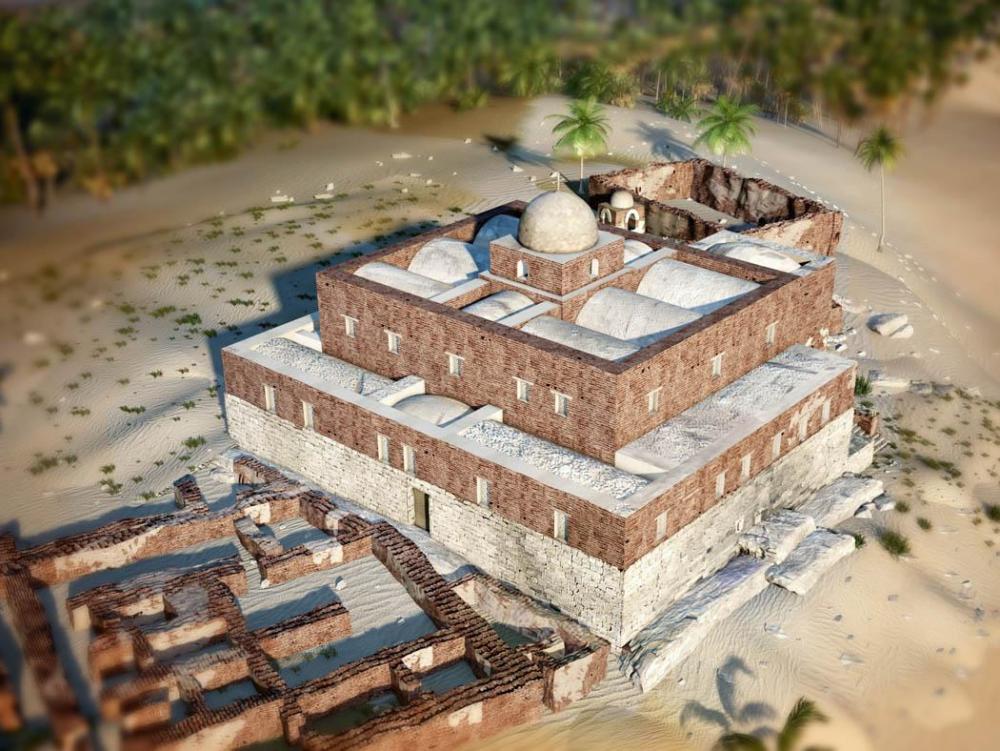
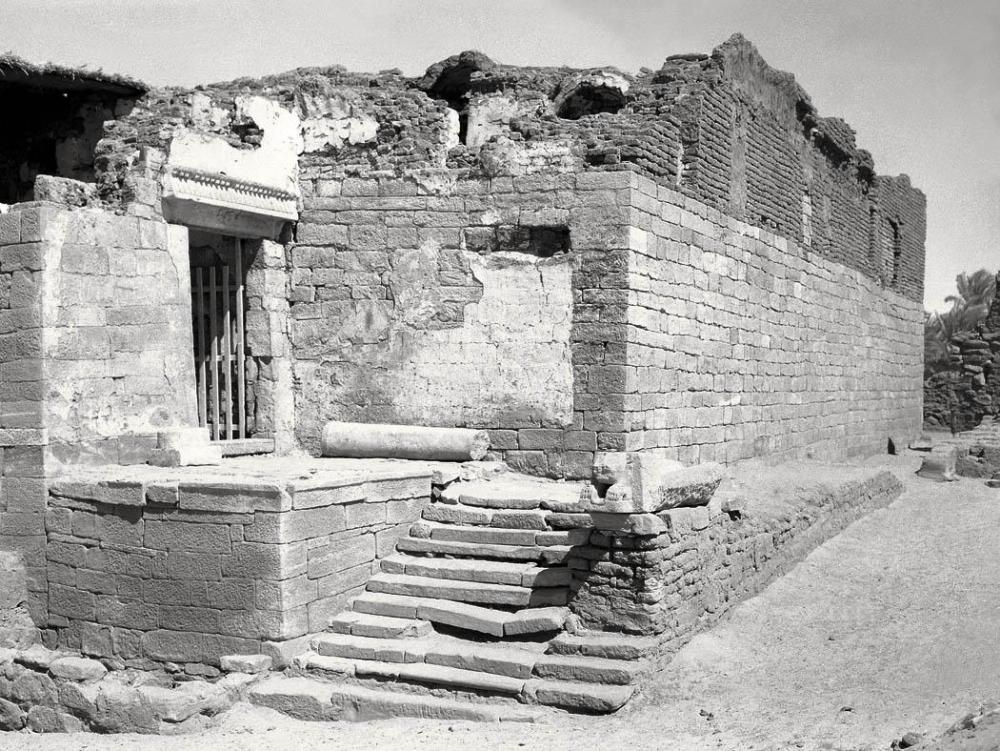
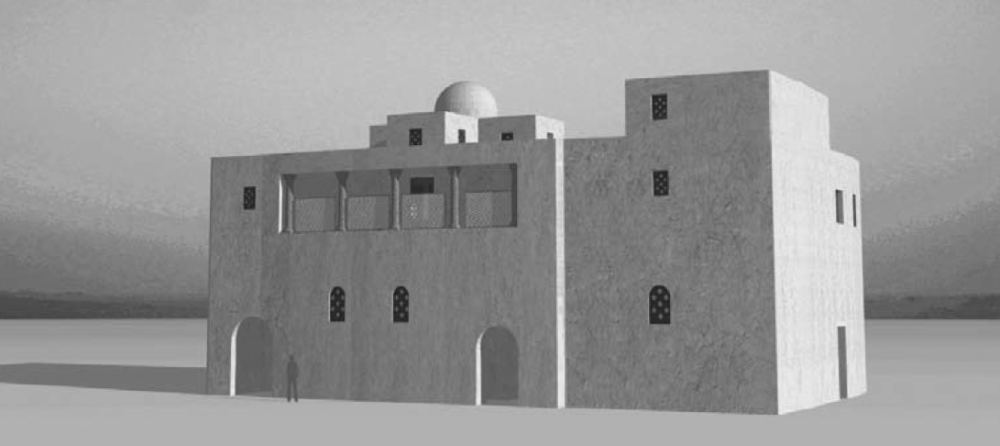
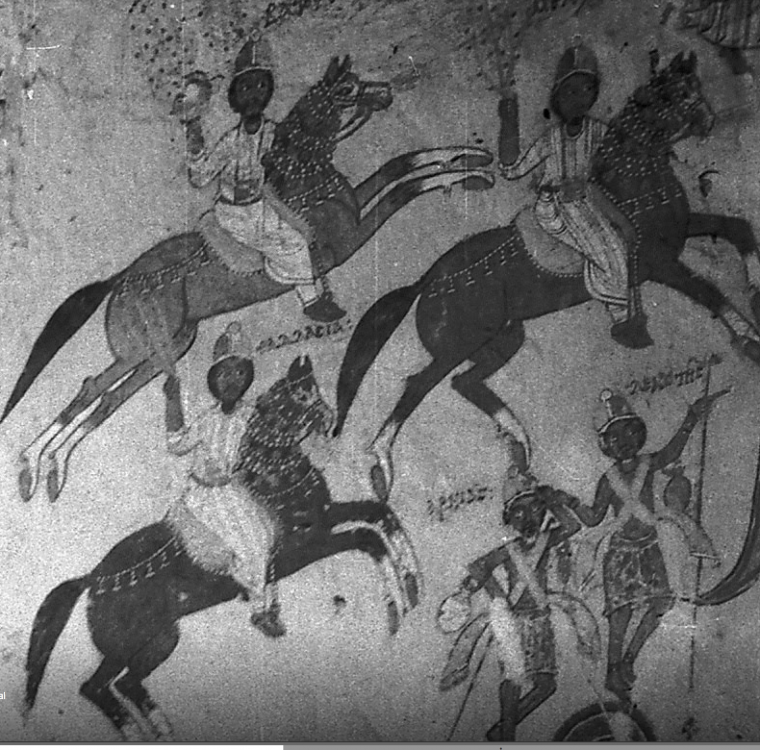
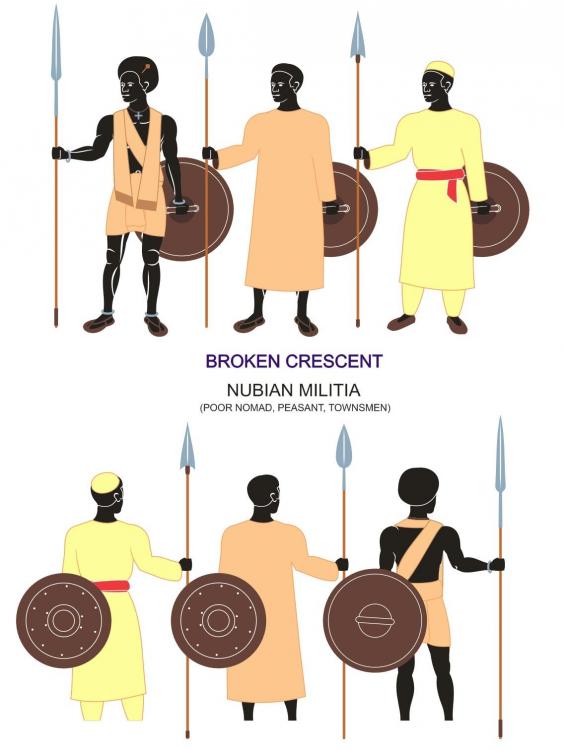
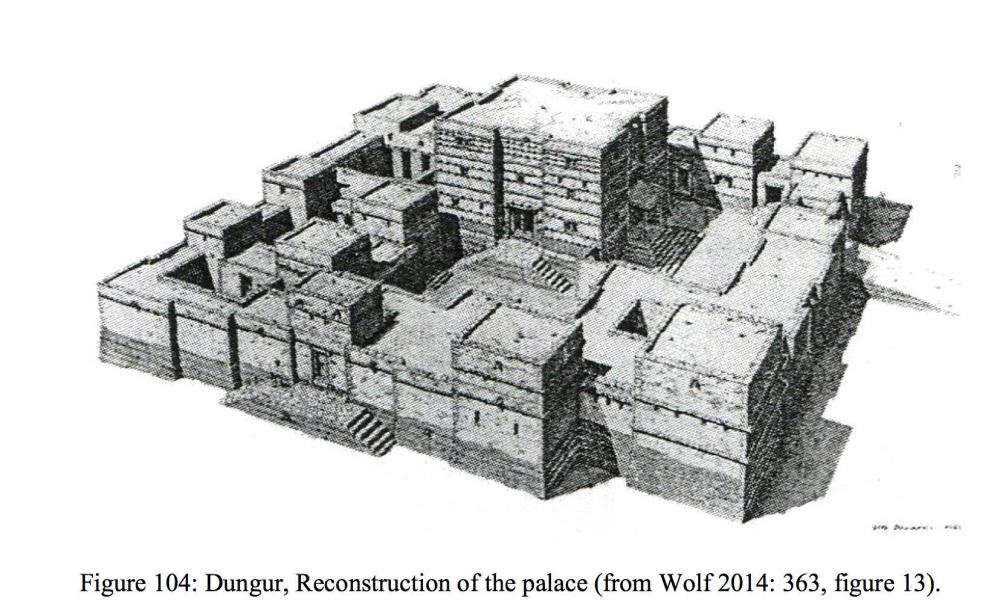
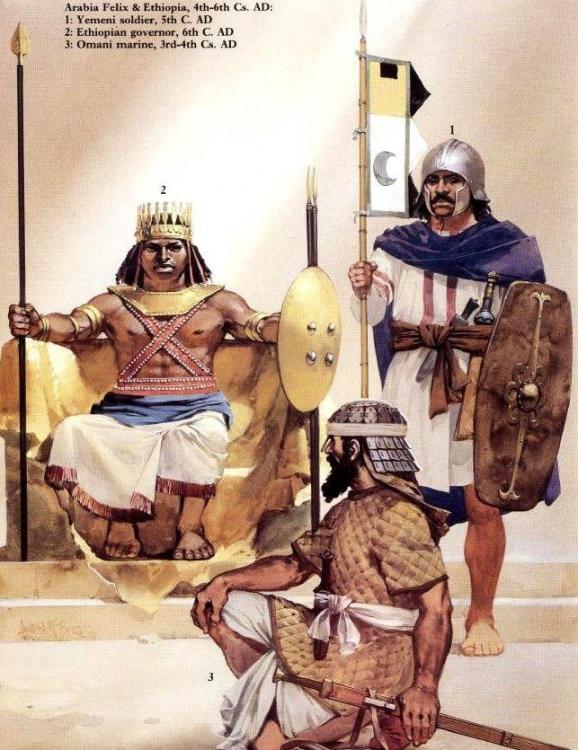
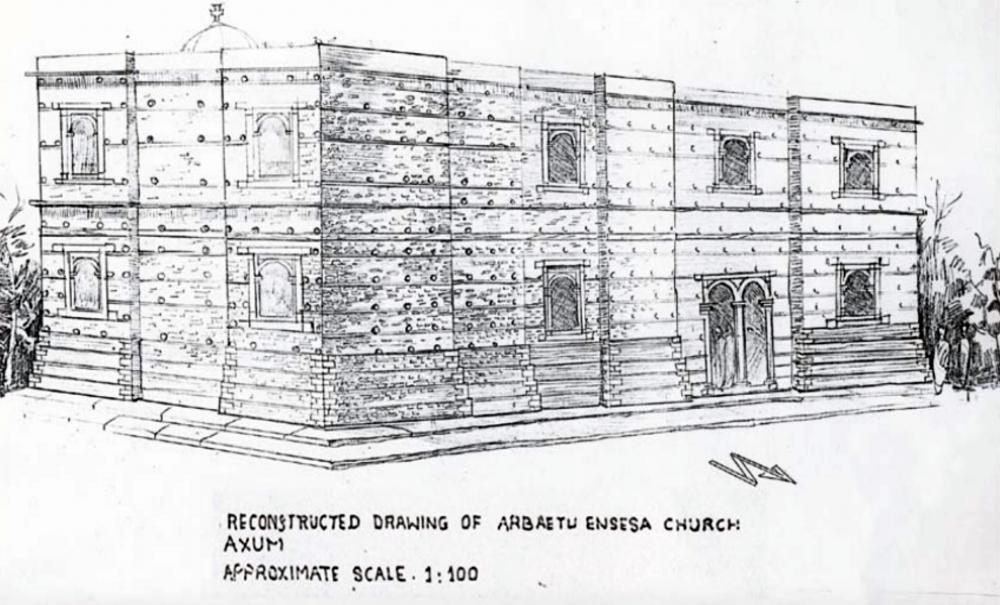
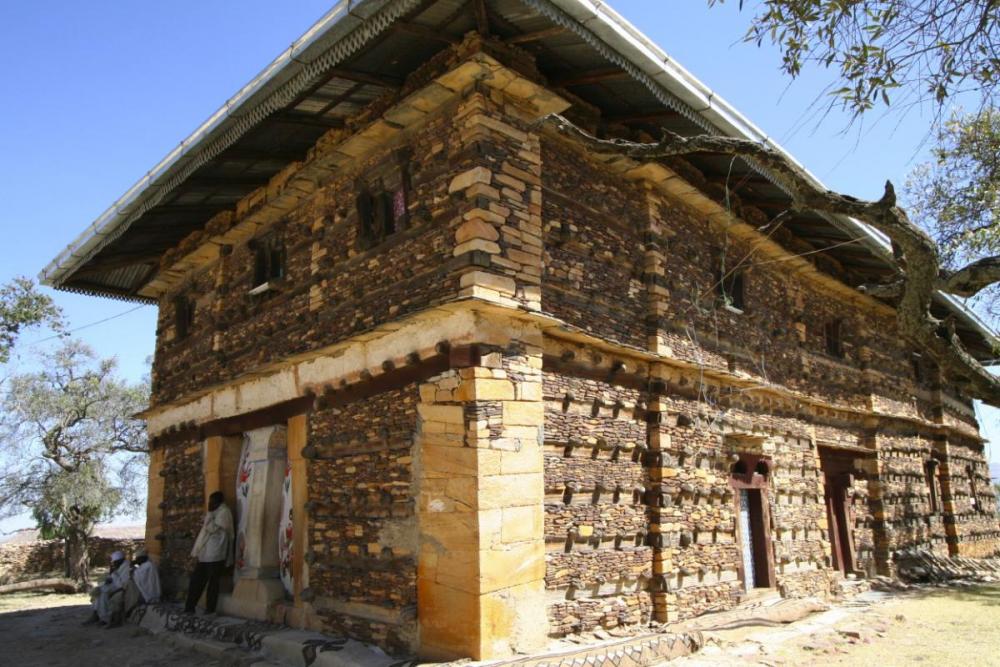
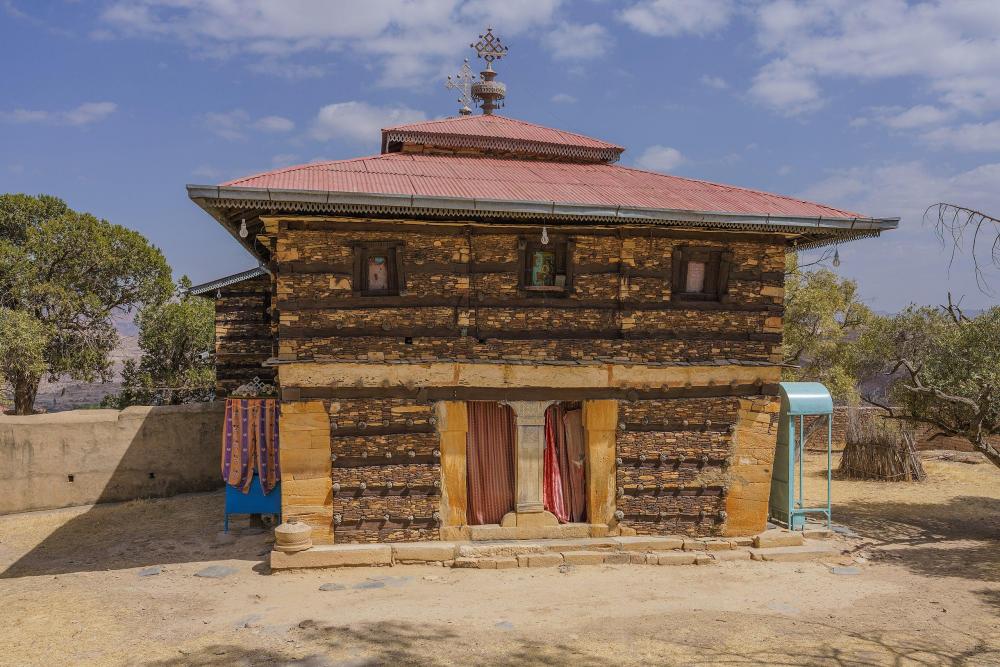
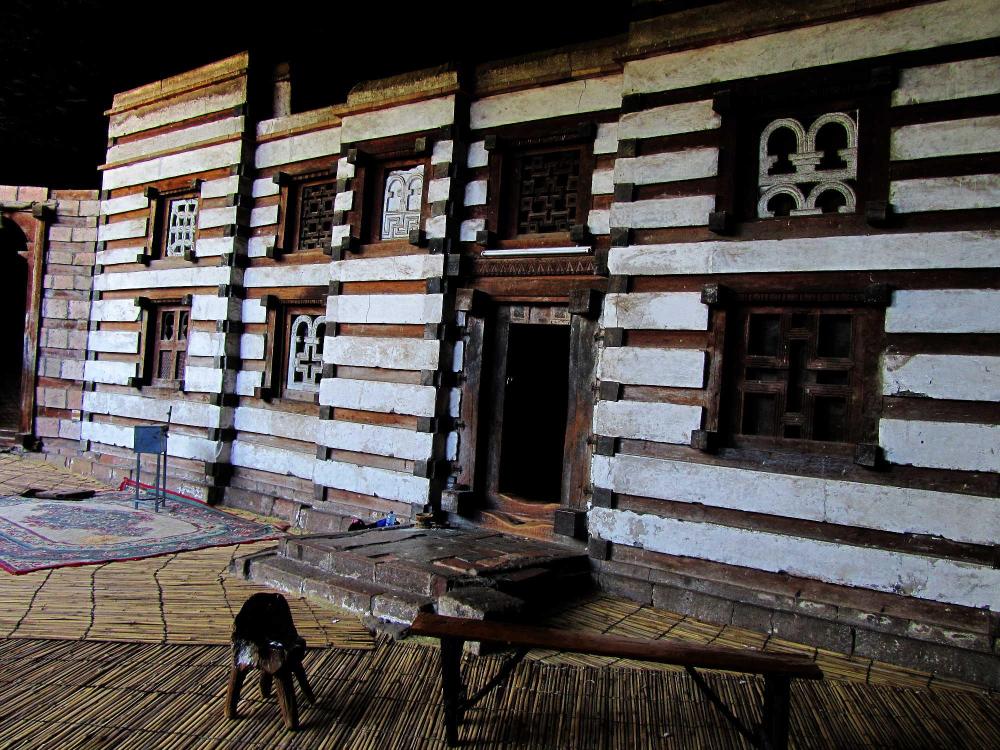
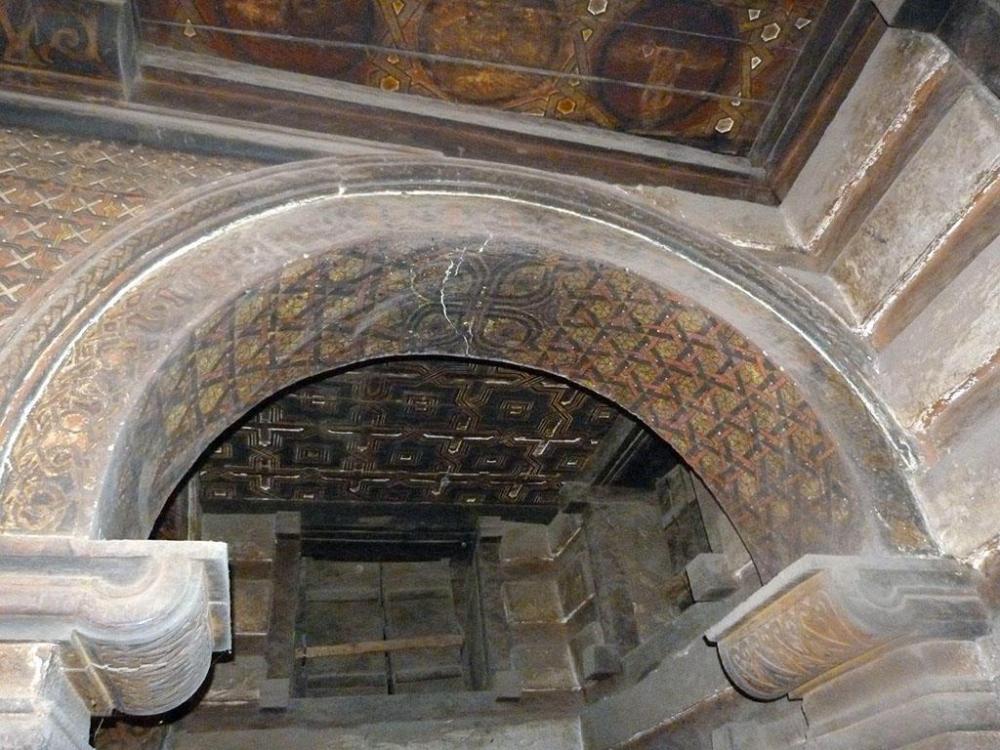
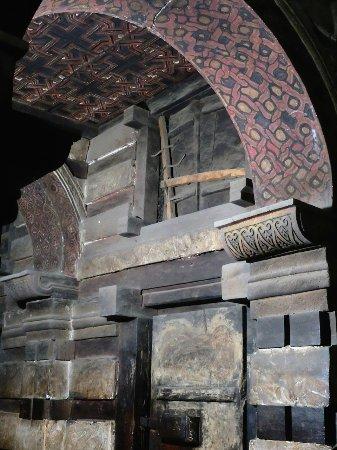
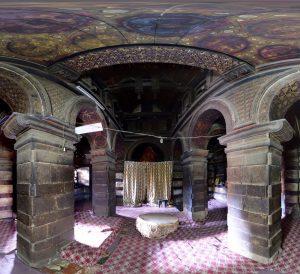
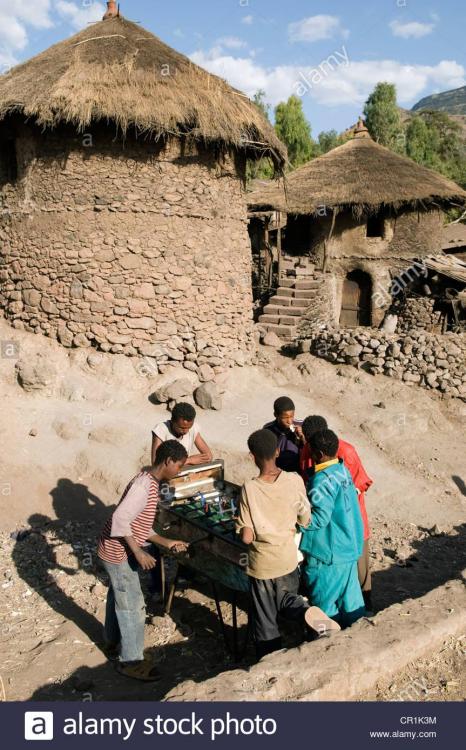
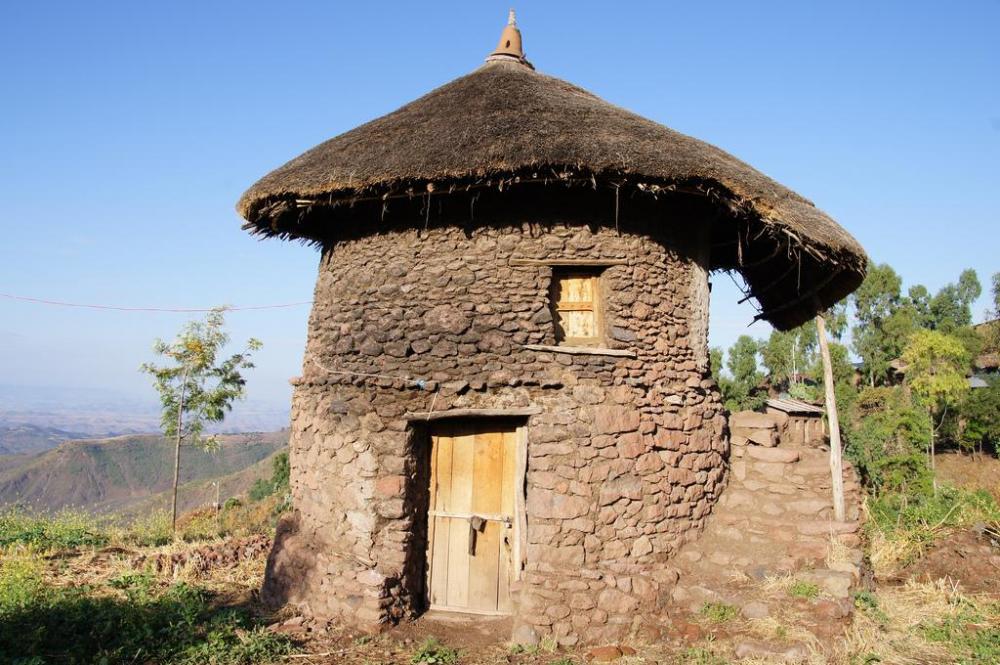
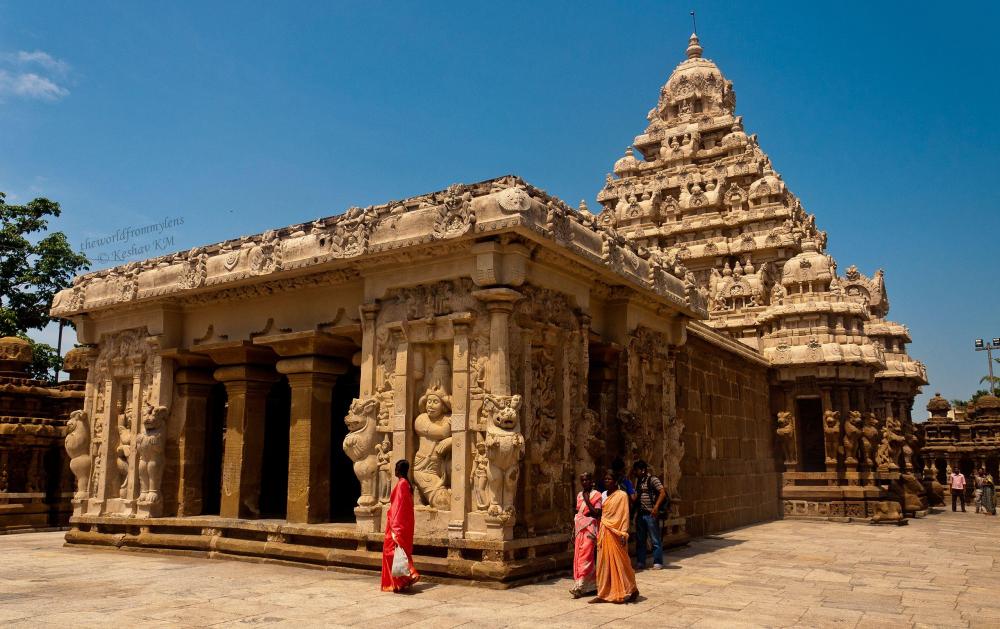
.thumb.jpg.7395ab7a9f6c9708777cb653c0305f0a.jpg)
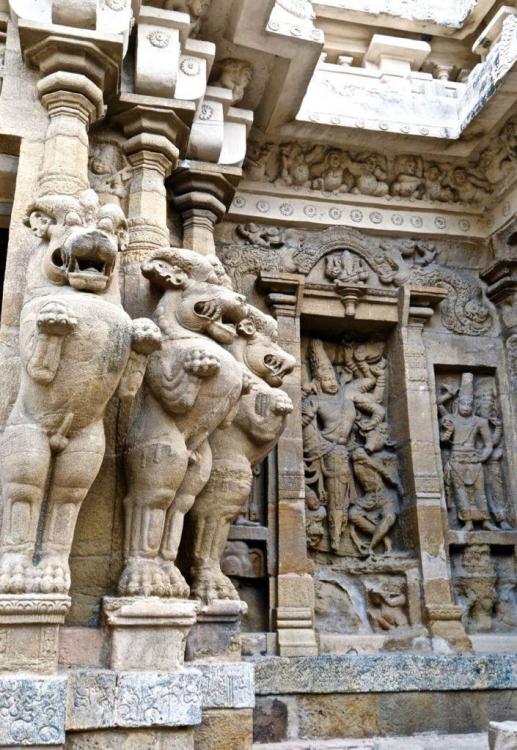
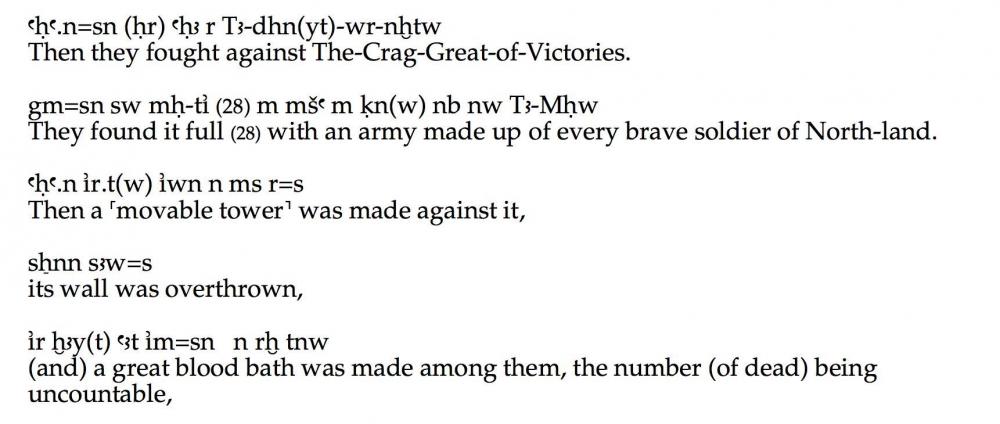
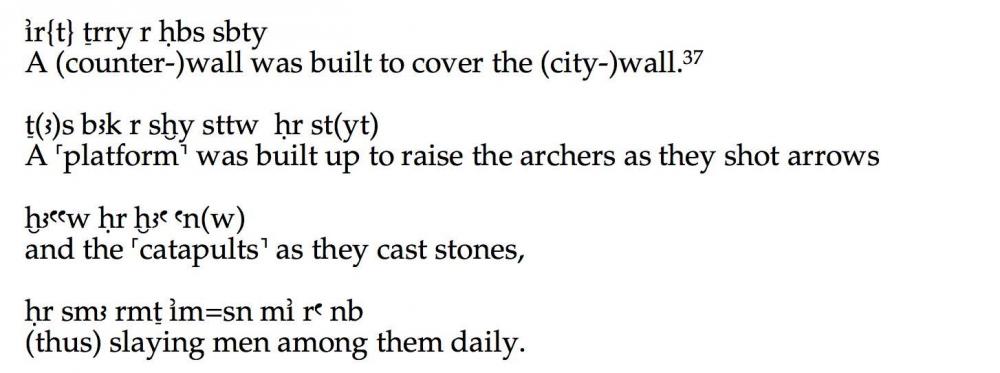
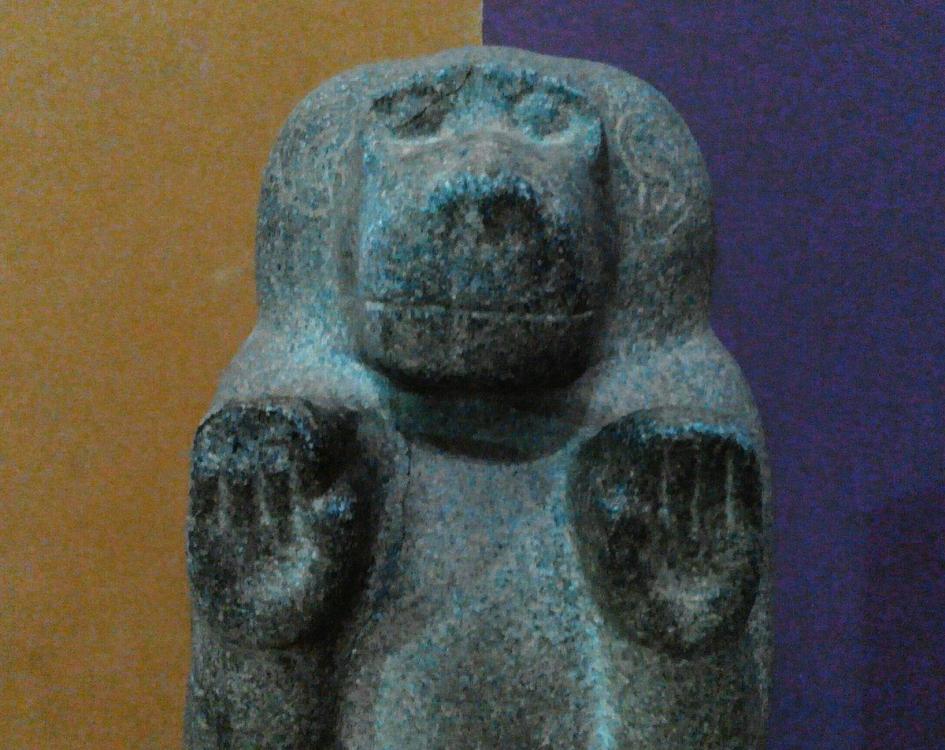
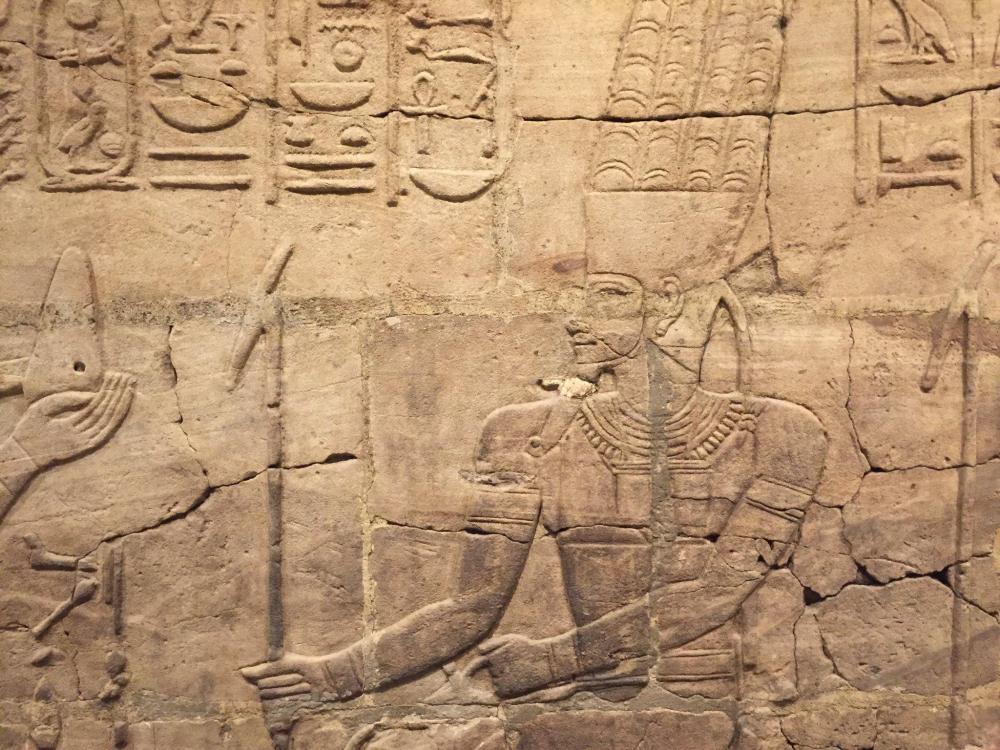
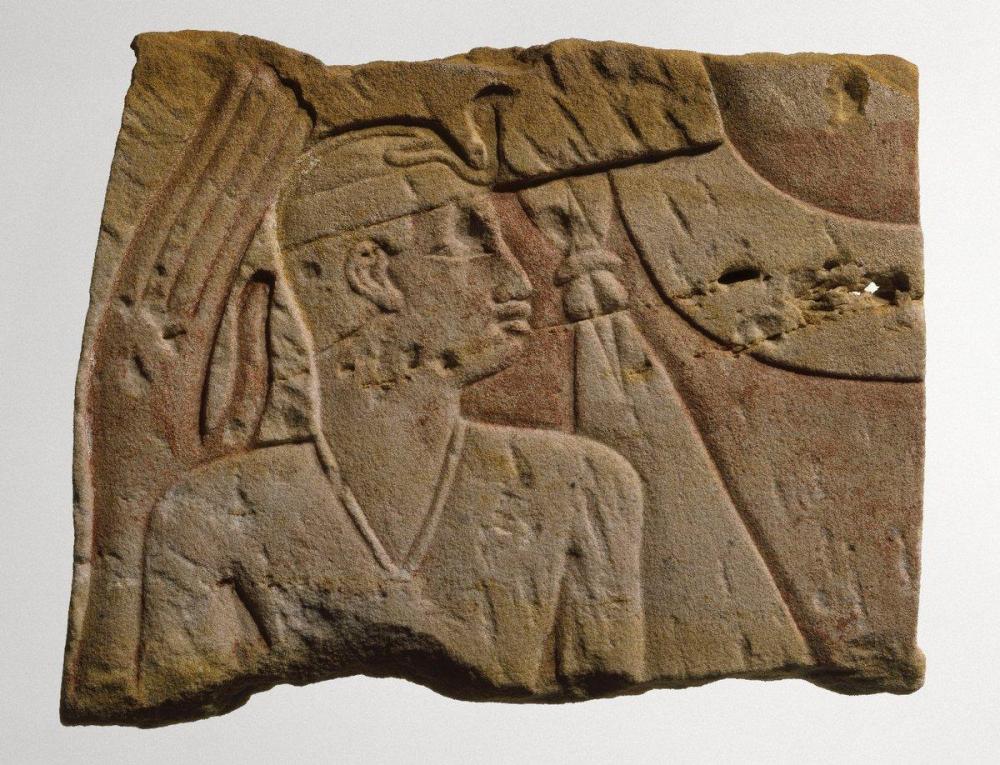
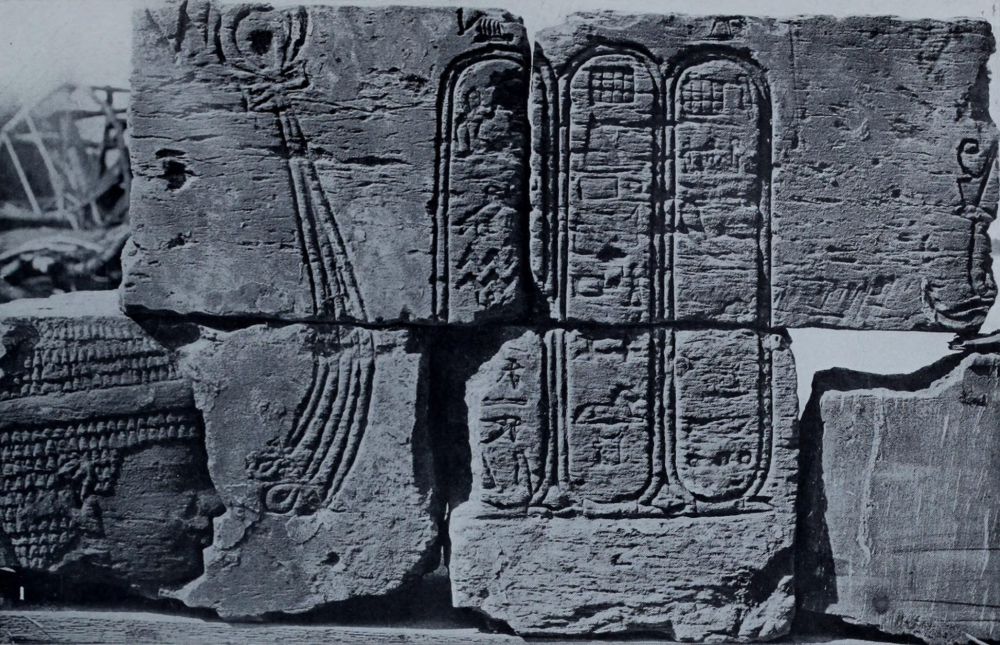
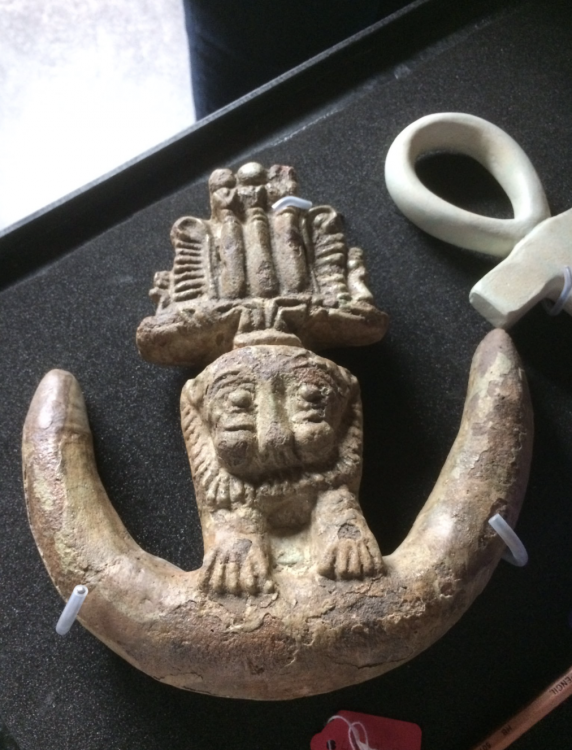
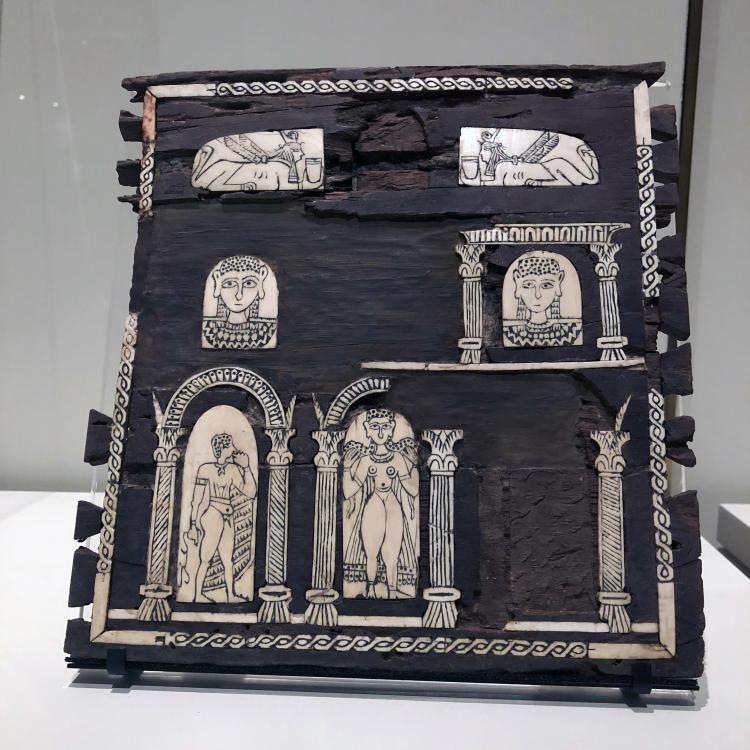
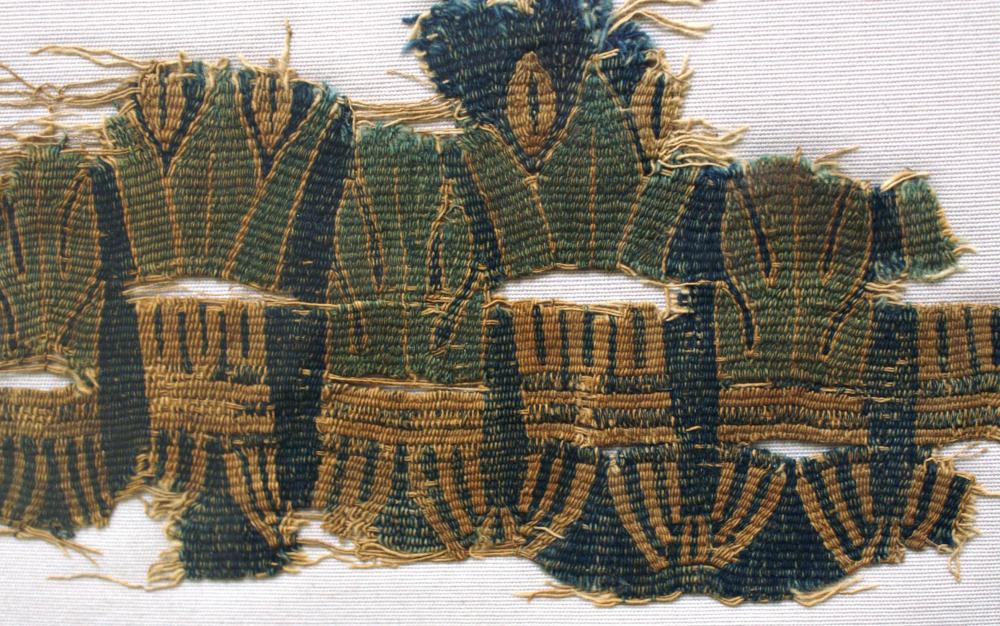
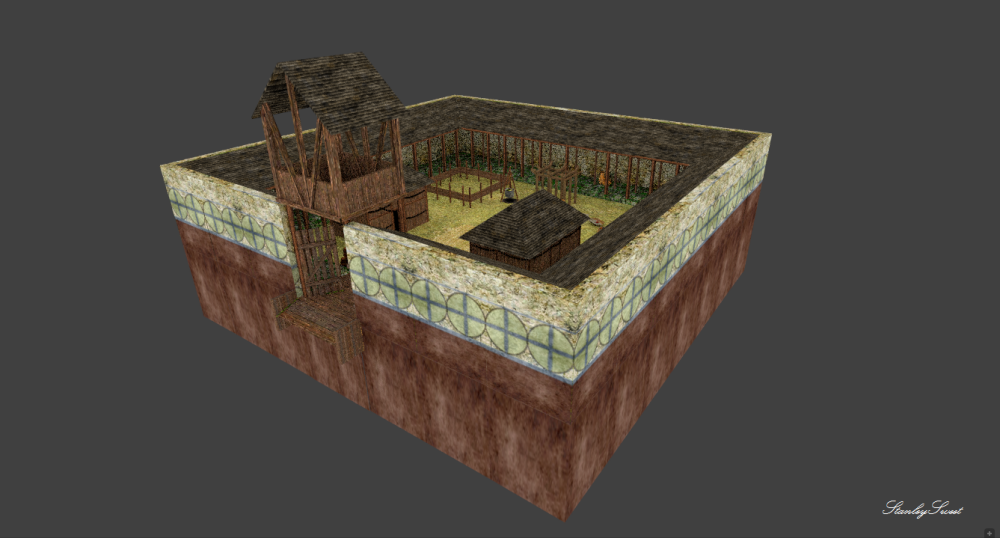
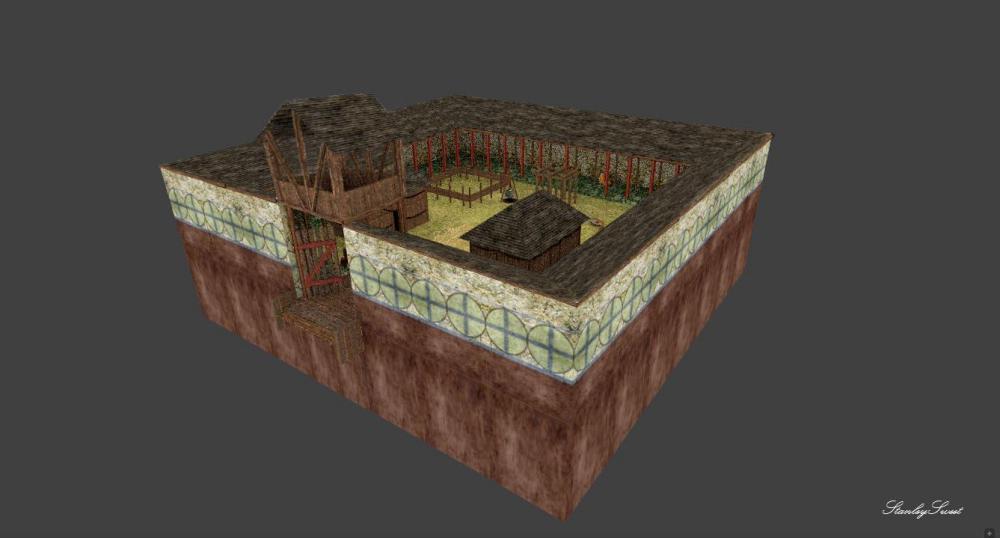
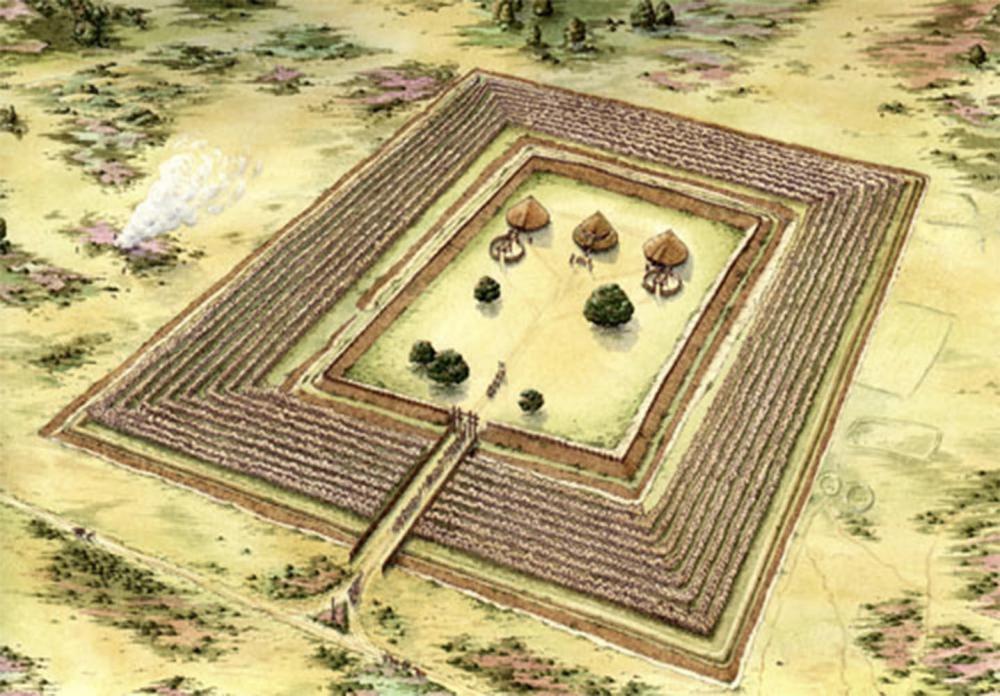
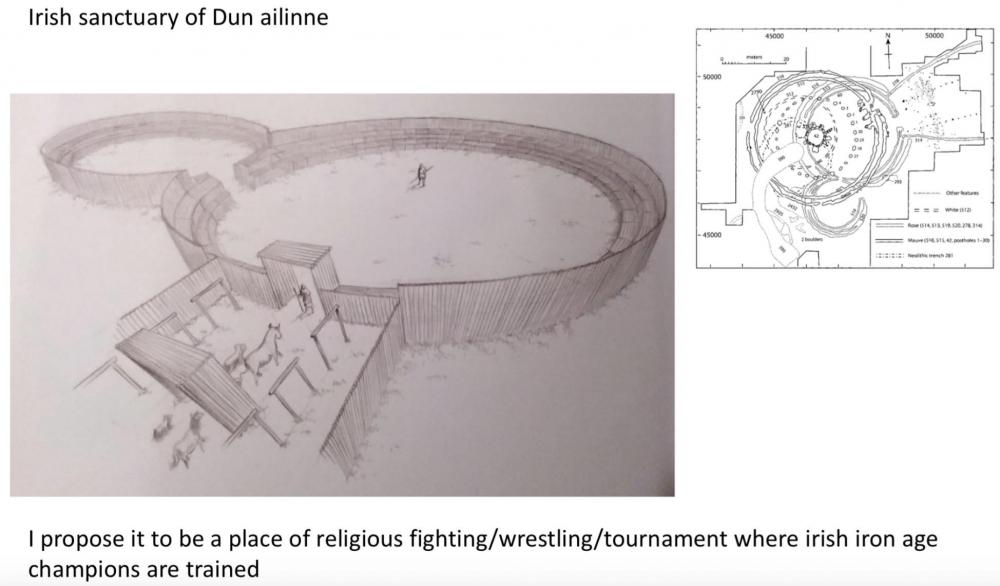
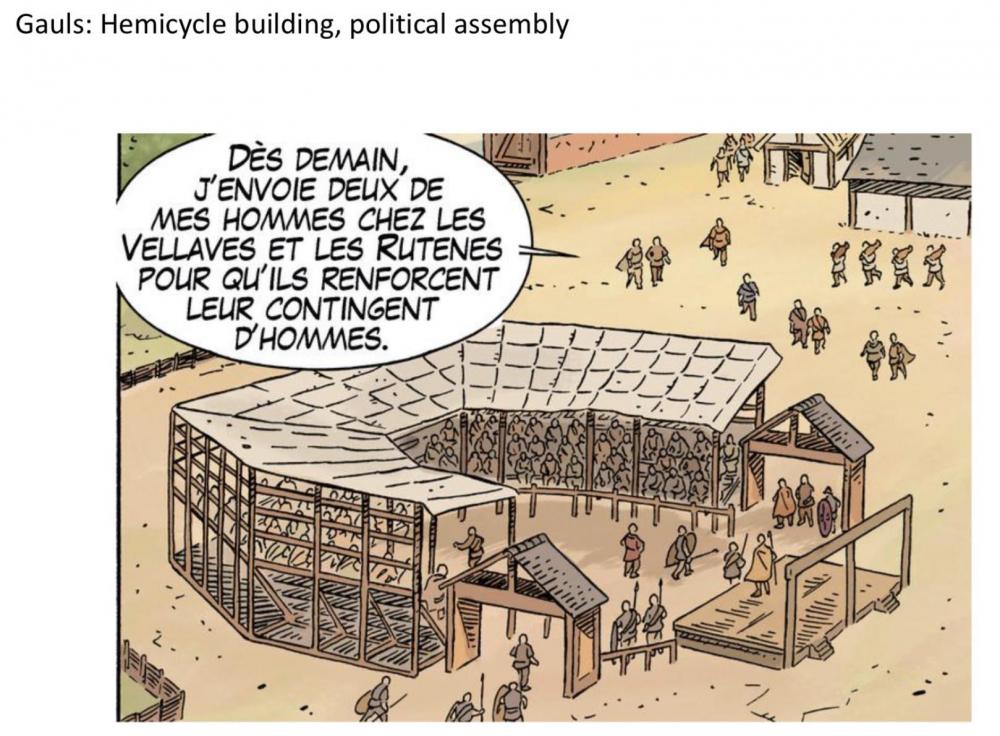
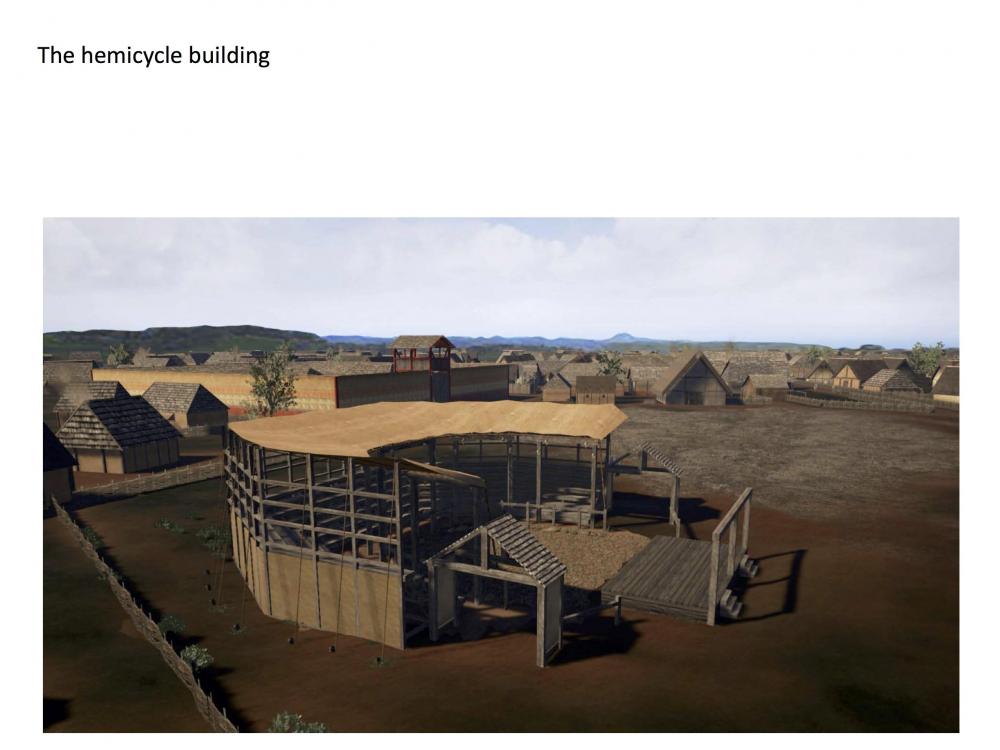
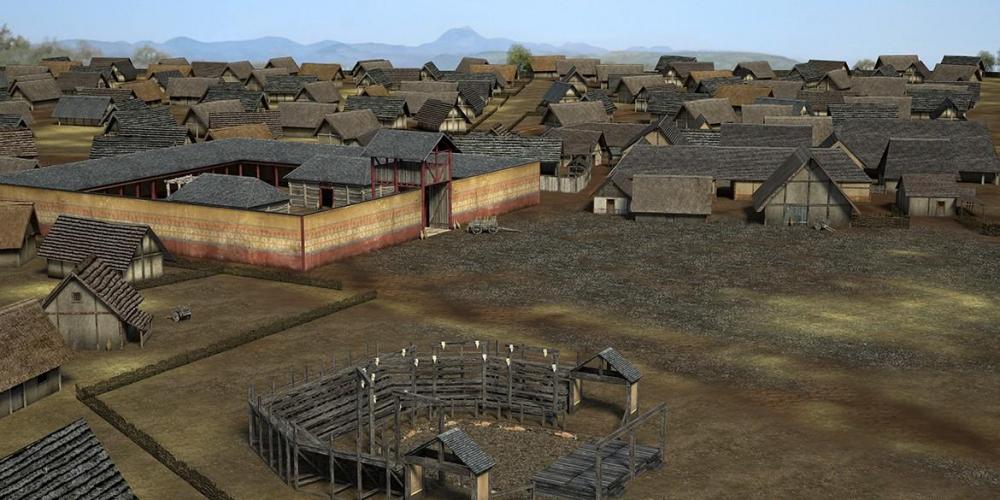
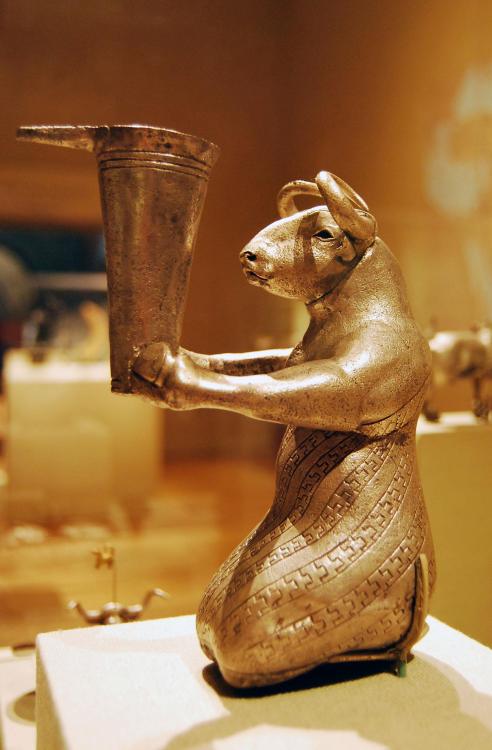
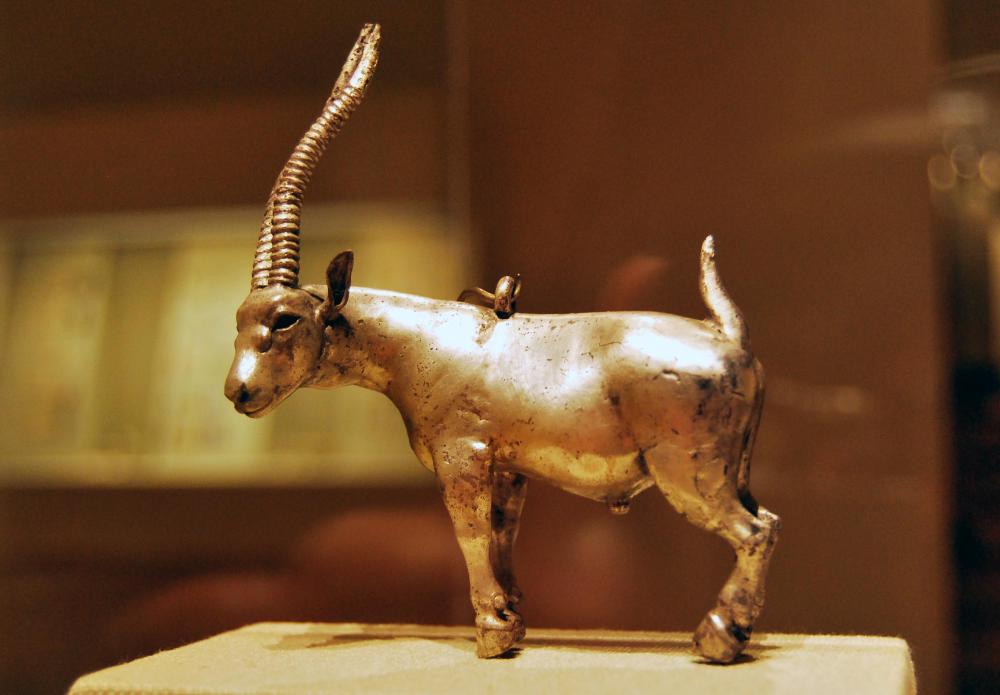
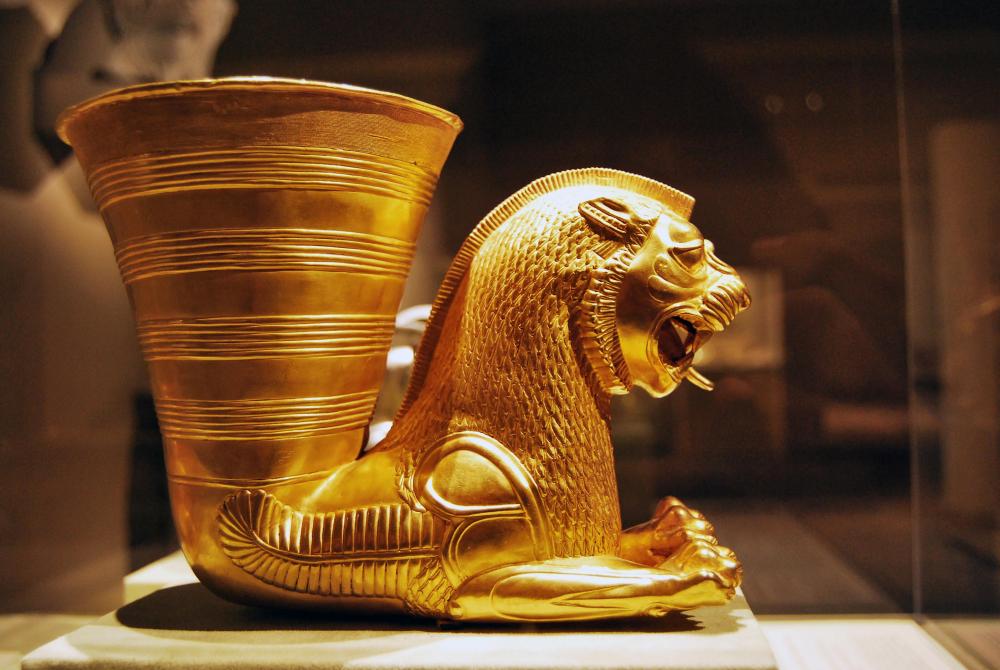
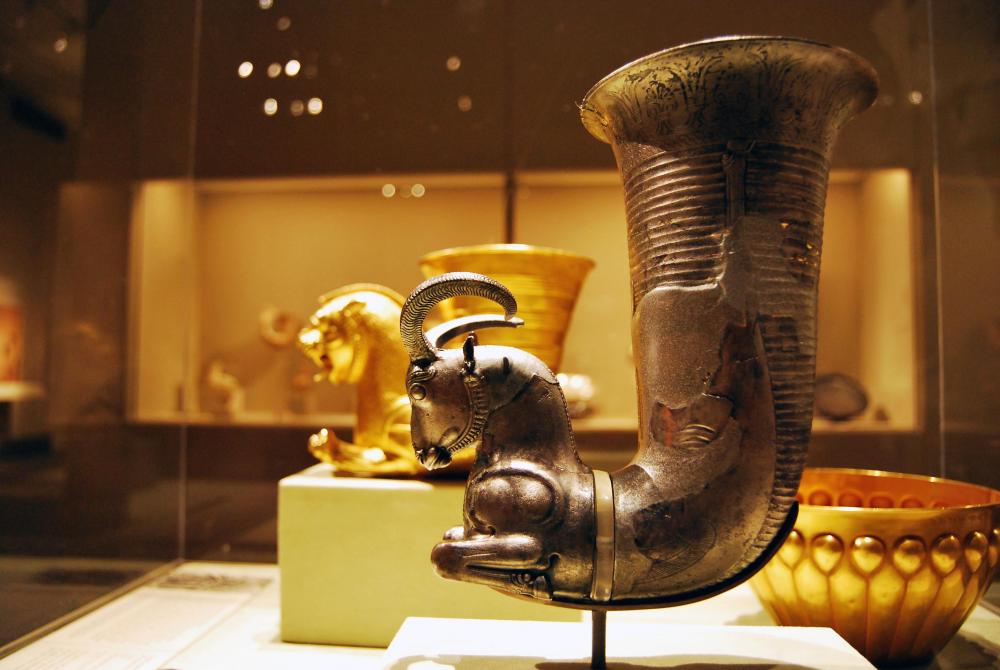
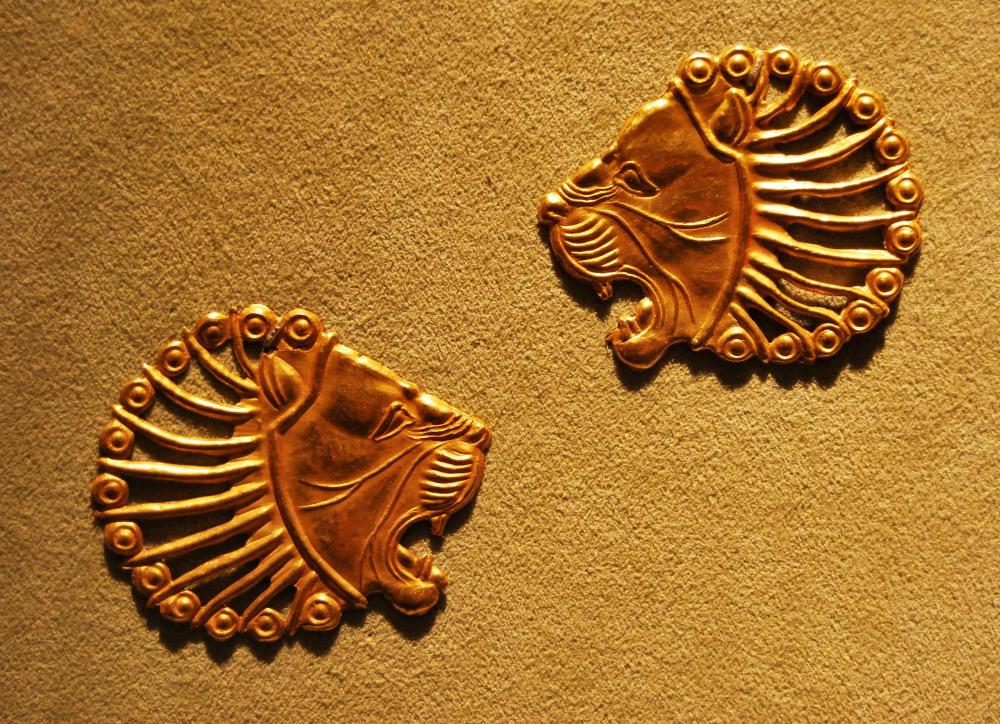
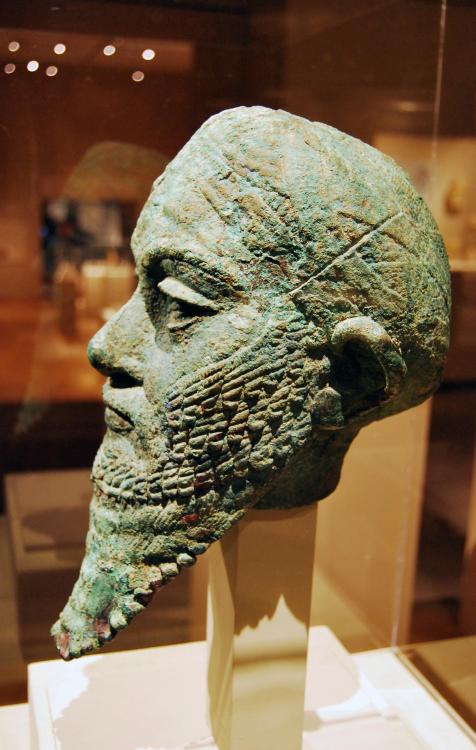
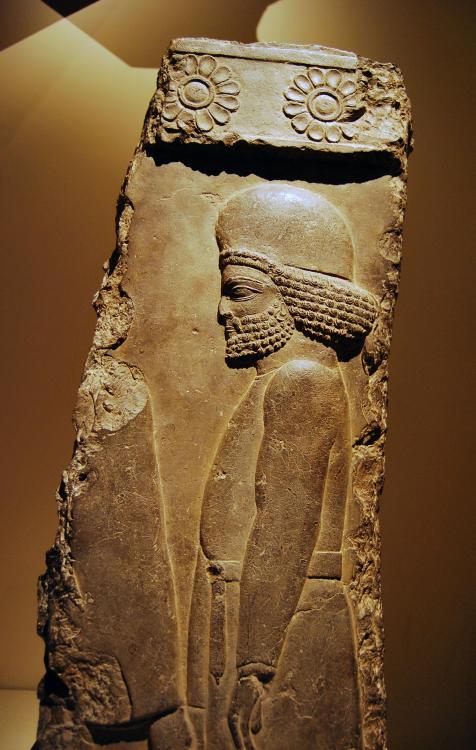
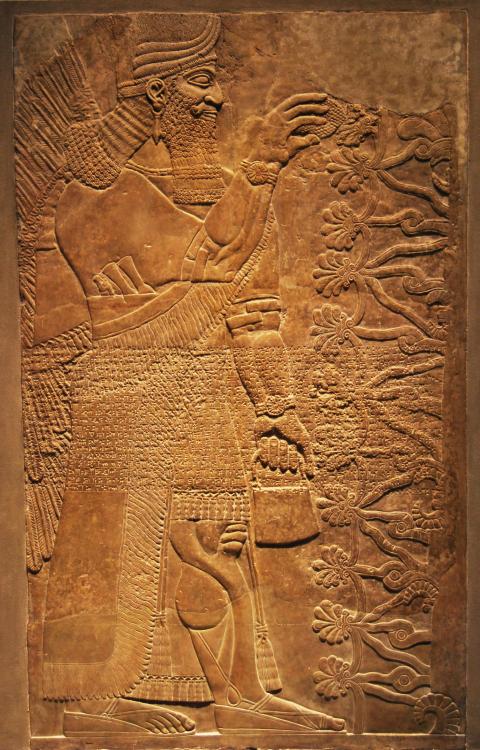
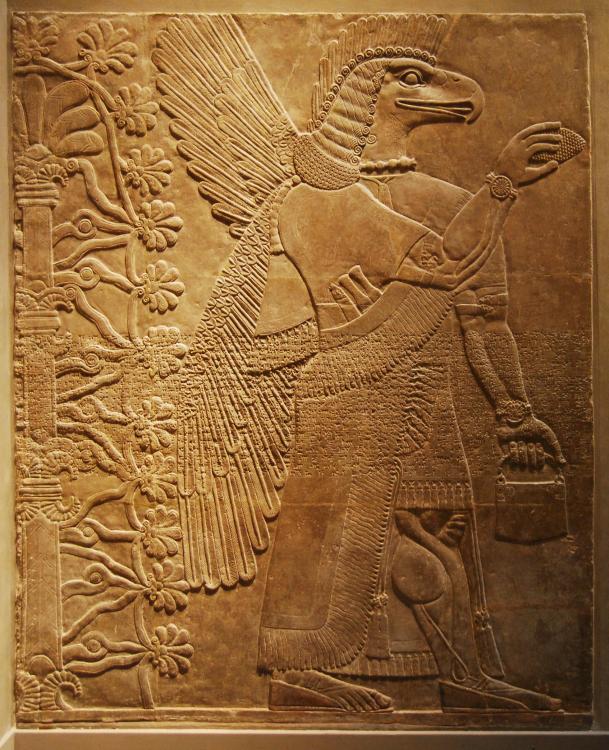
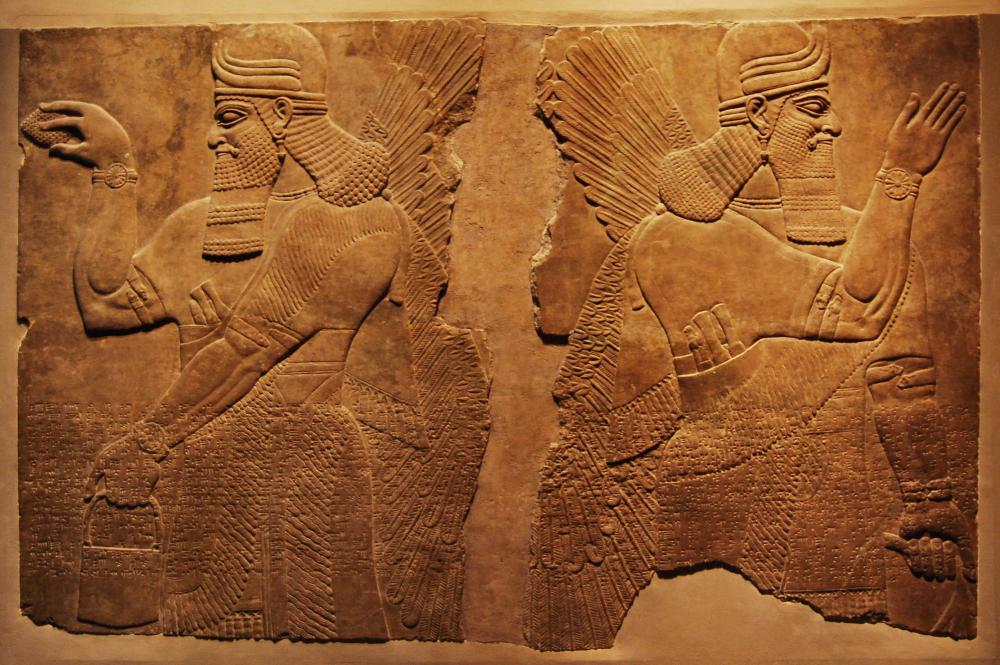
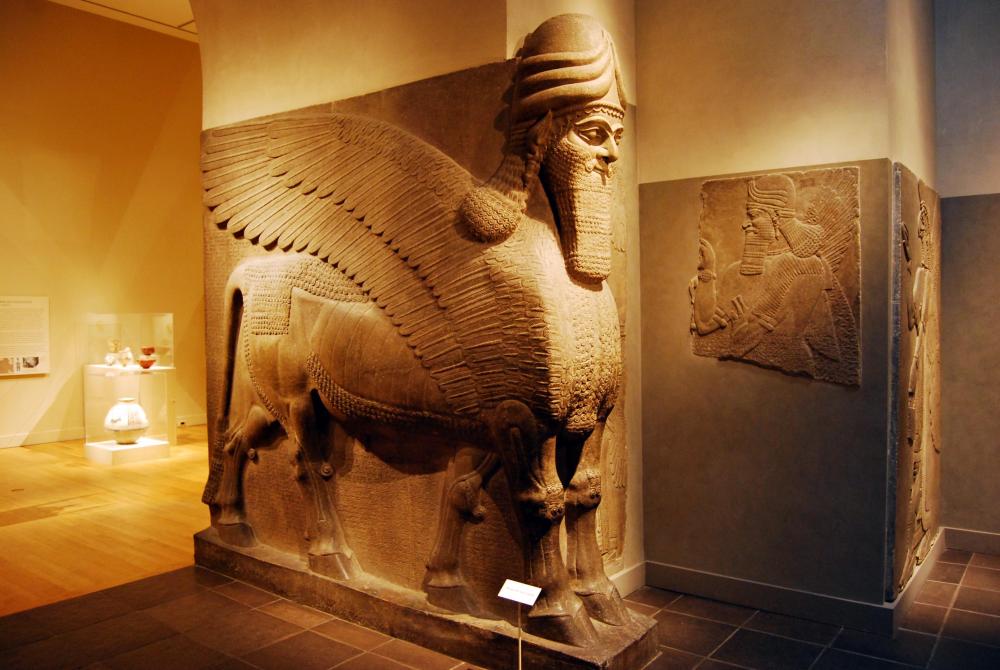
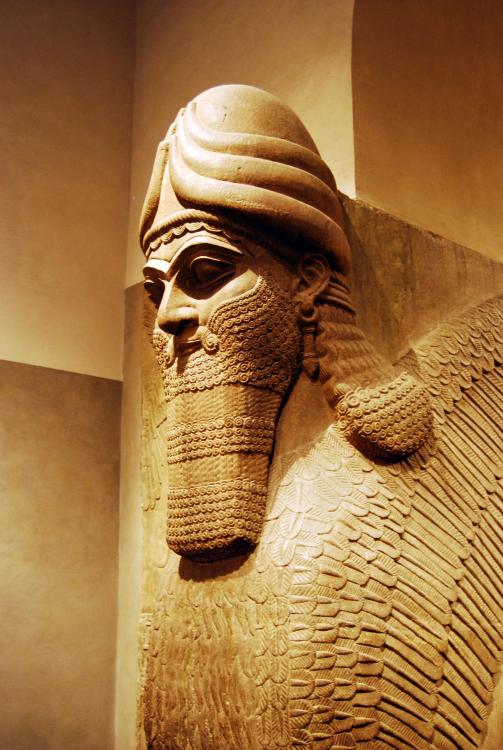

Make some buildings require women to schedule
in Help & Feedback
Posted
Maybe you misunderstood. I mean that every civ that had female priestesses or women in other clerical roles could have a female unit recruited at the temple that would specialize in healing. Male priests would remain the same for all civs, except they could be used to boost moral in the future instead, for example. Just a thought. Would be nice imo...
I was talking about the ratio of fighters to the total population of the so called "Athenian Empire", not just Attica, but you're right about this:
My bad,
But the total population of the Athenian colonies and vassals just further decreases the ratio of combatant to non-combatant. That was my point. Citizens oversea naturally remain citizens, but they were ruling over territories with much larger populations that weren't citizens. Athenians didn't just rule Attica, but of course you knew that